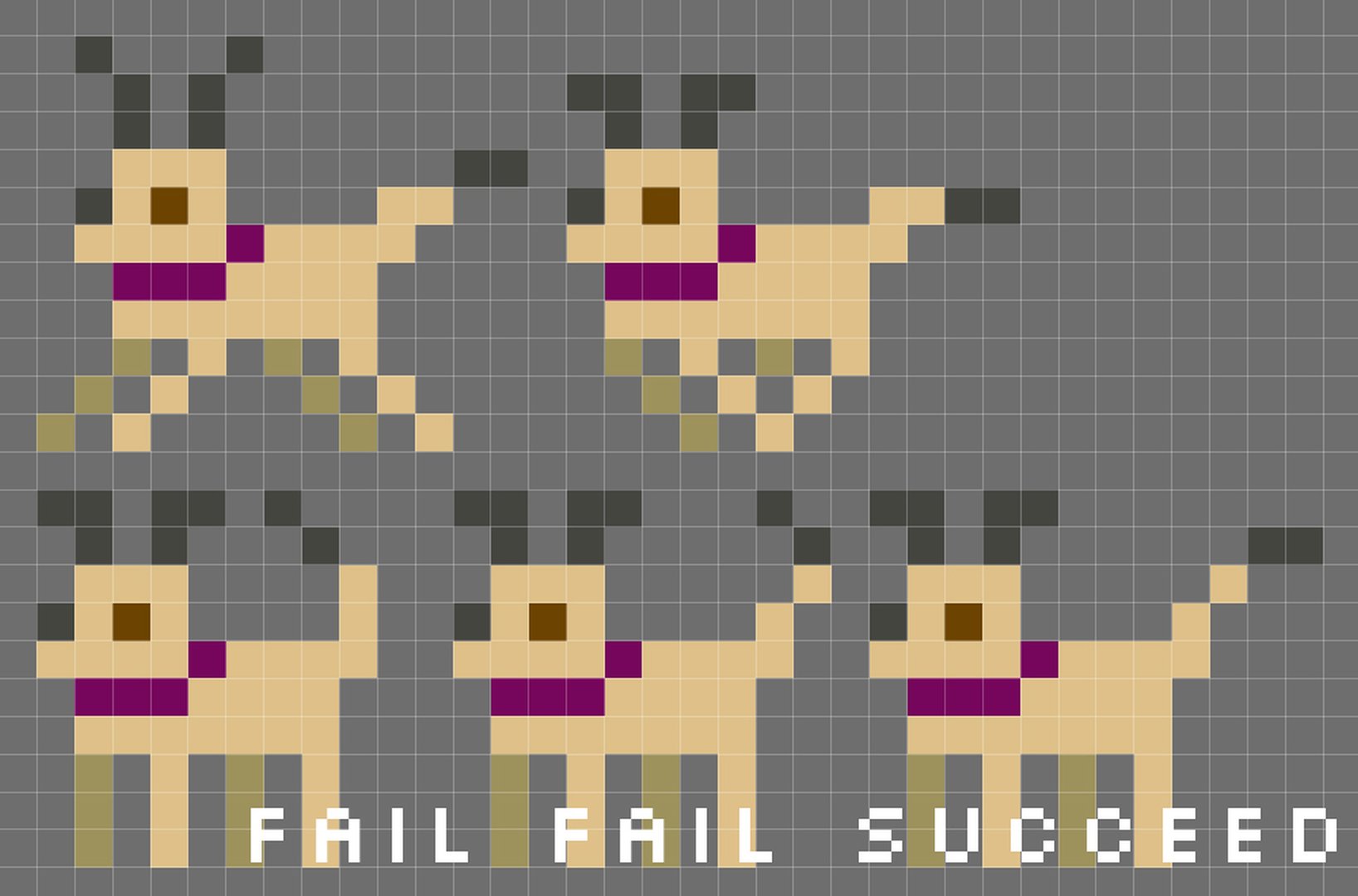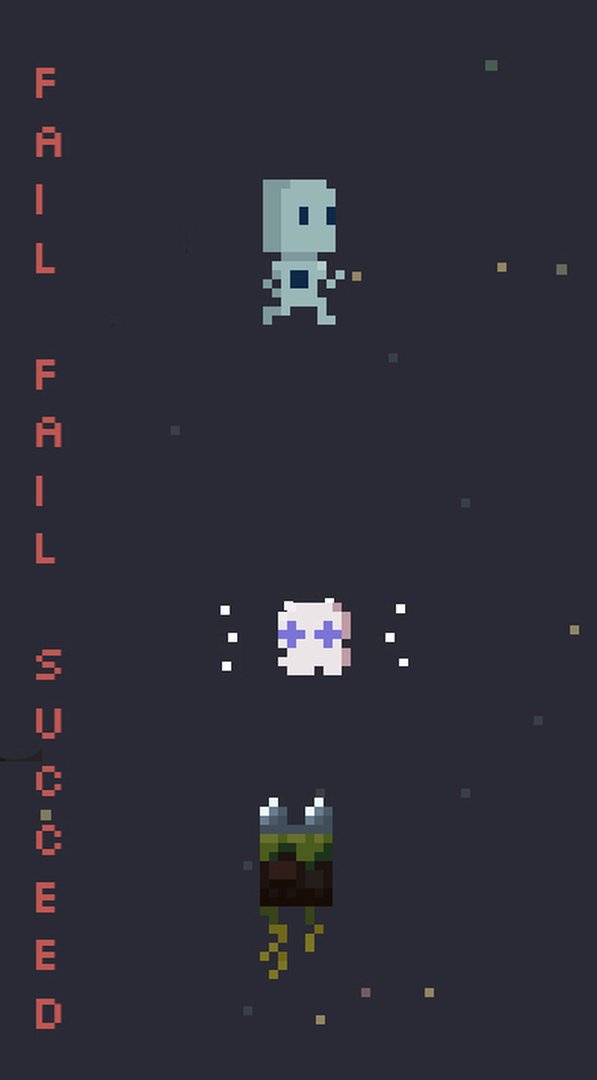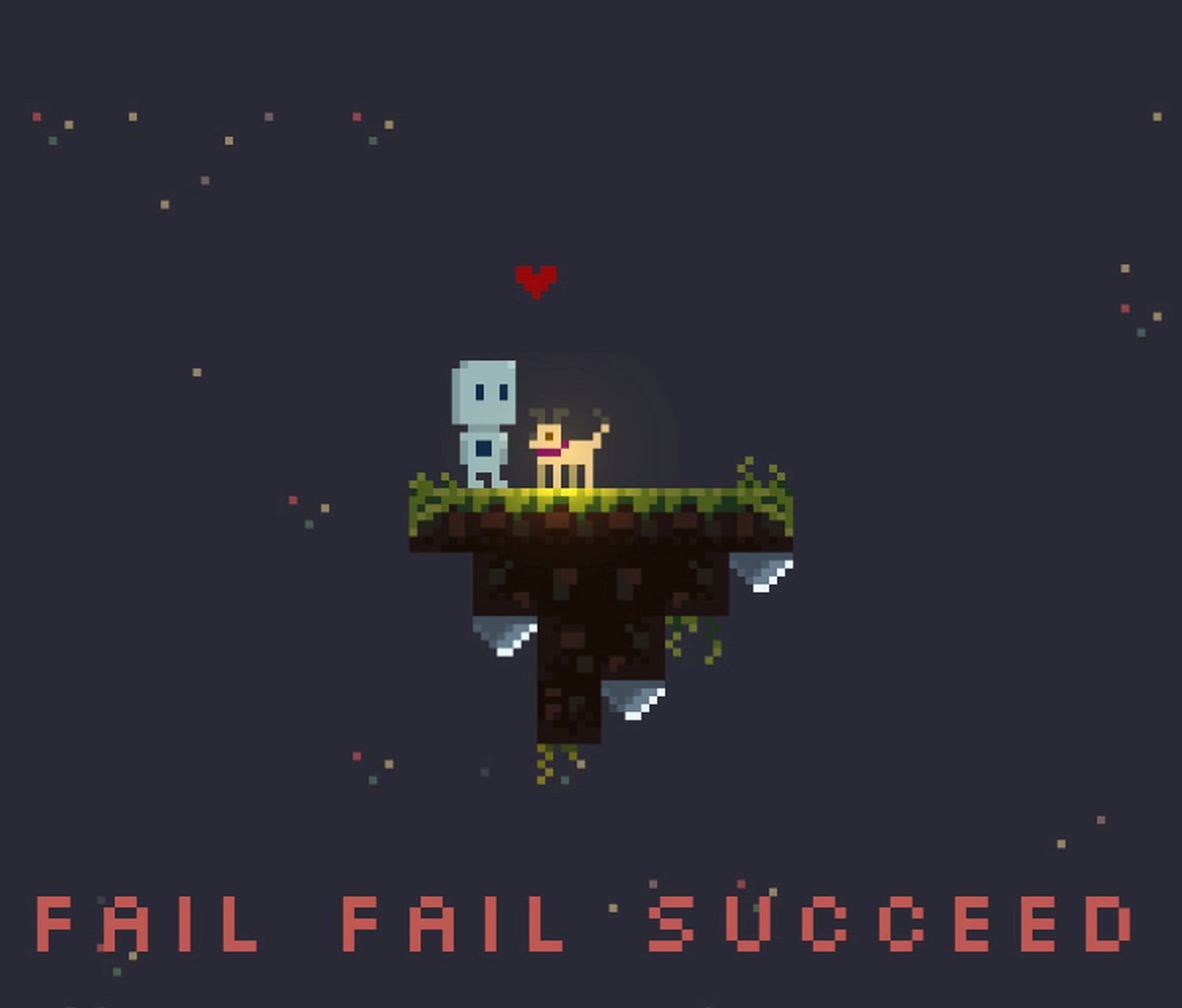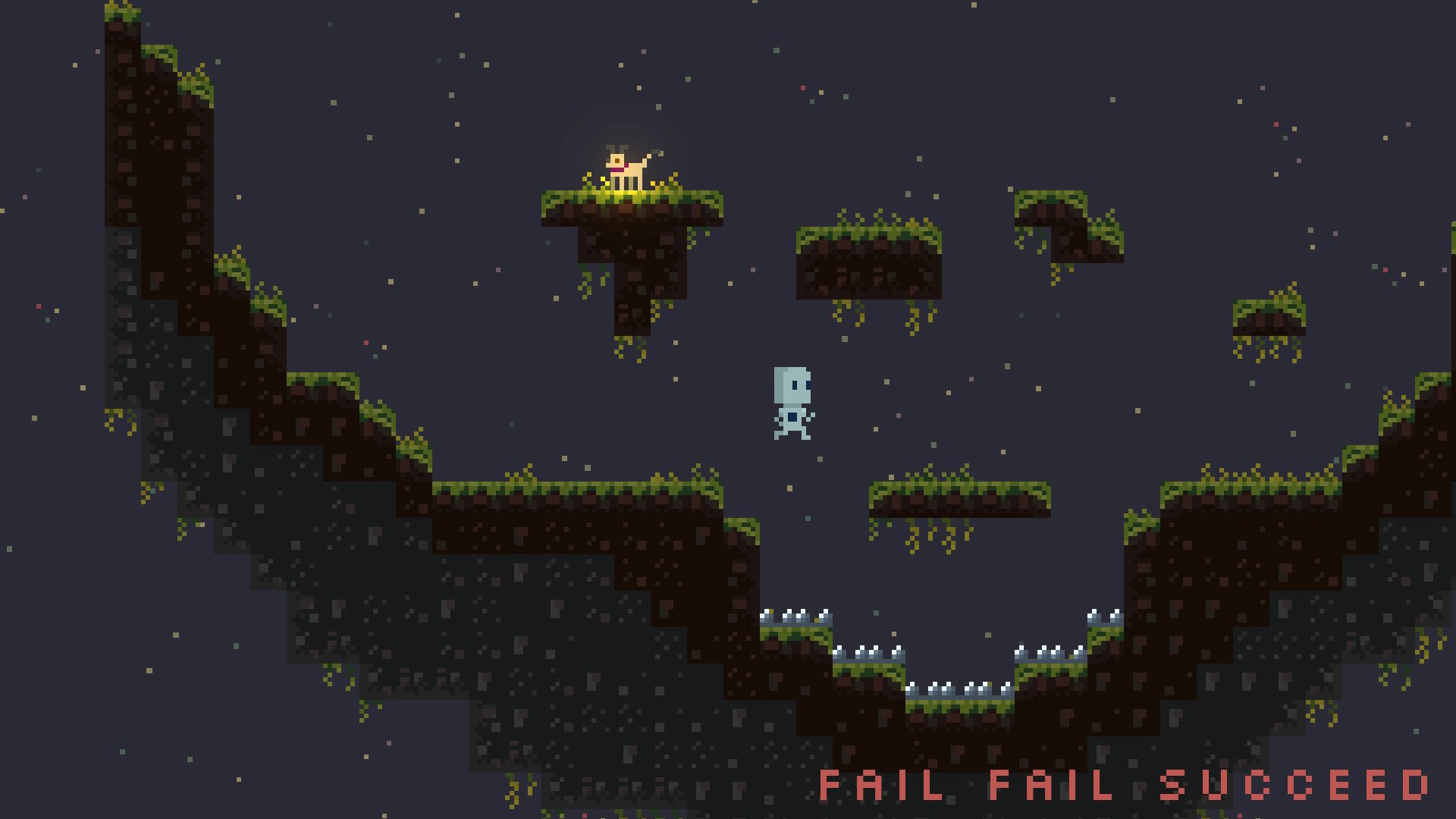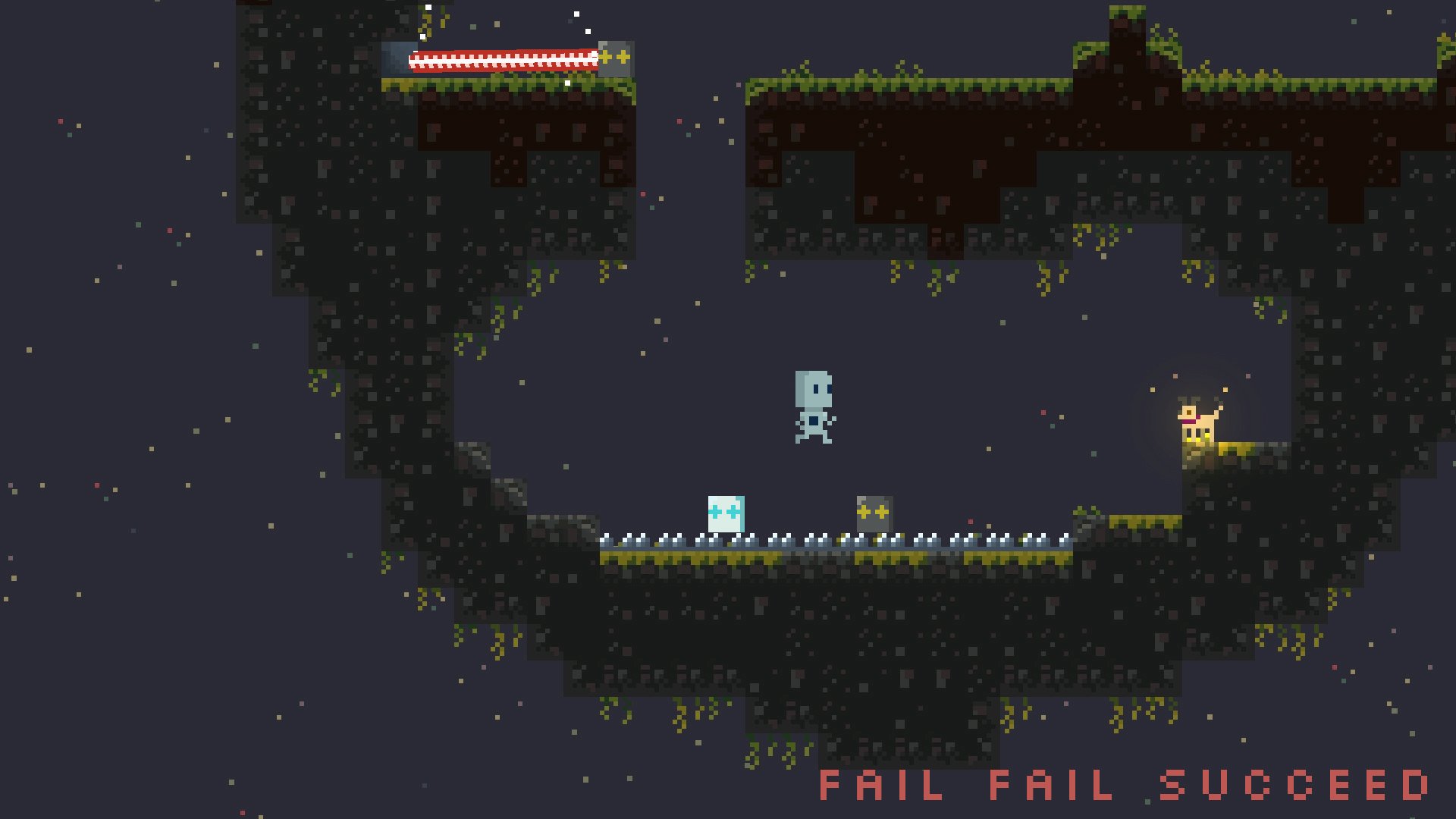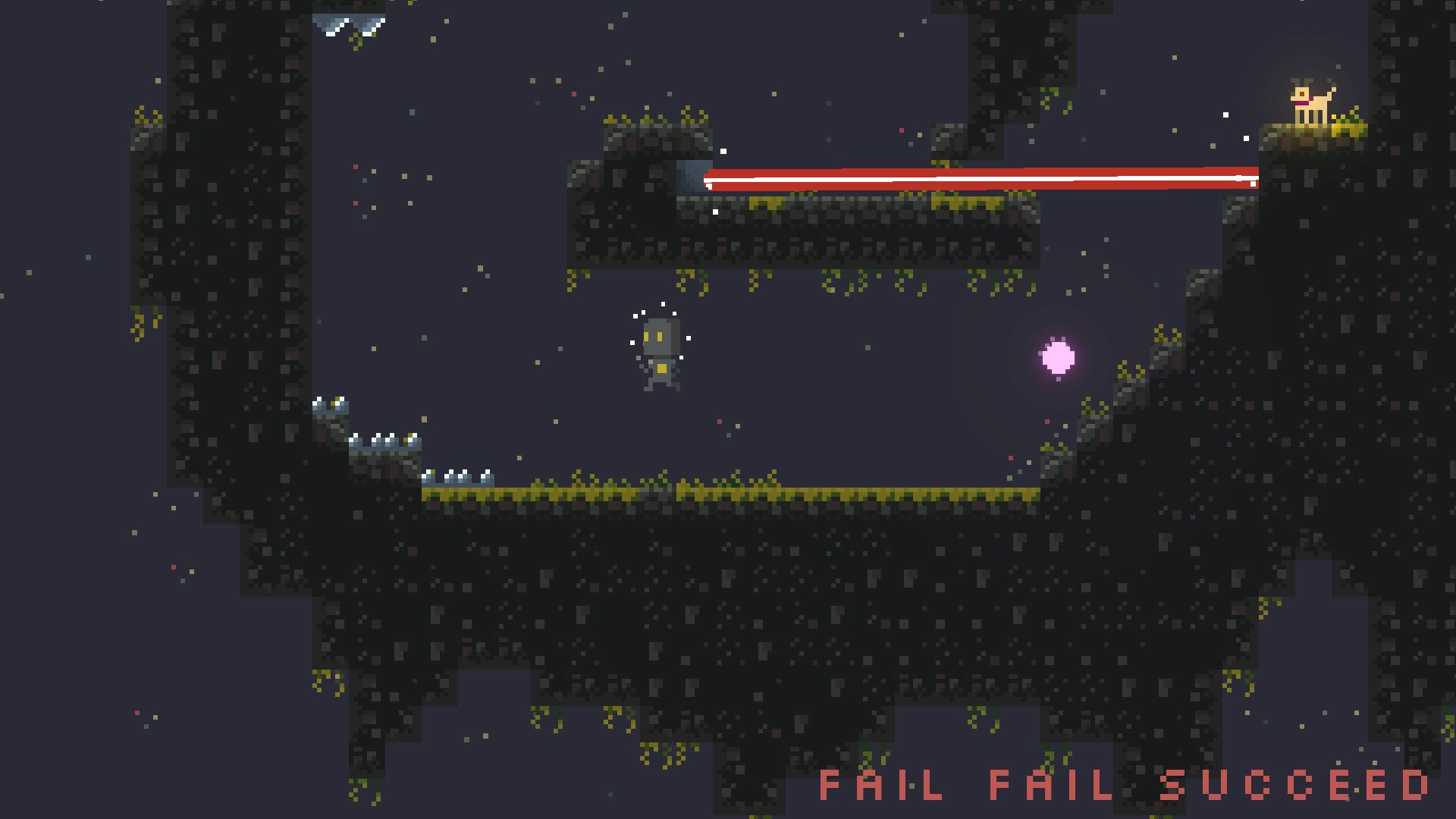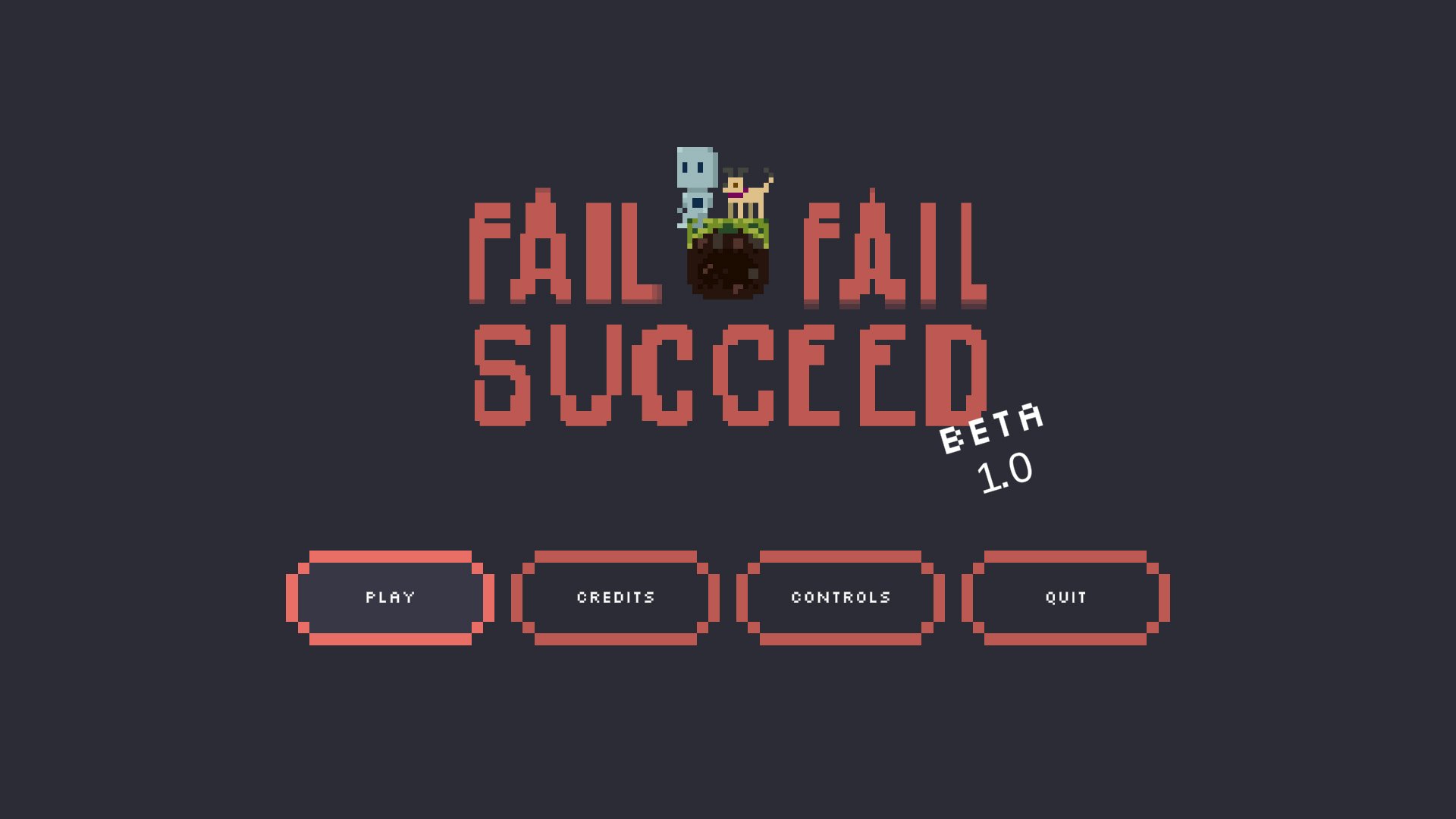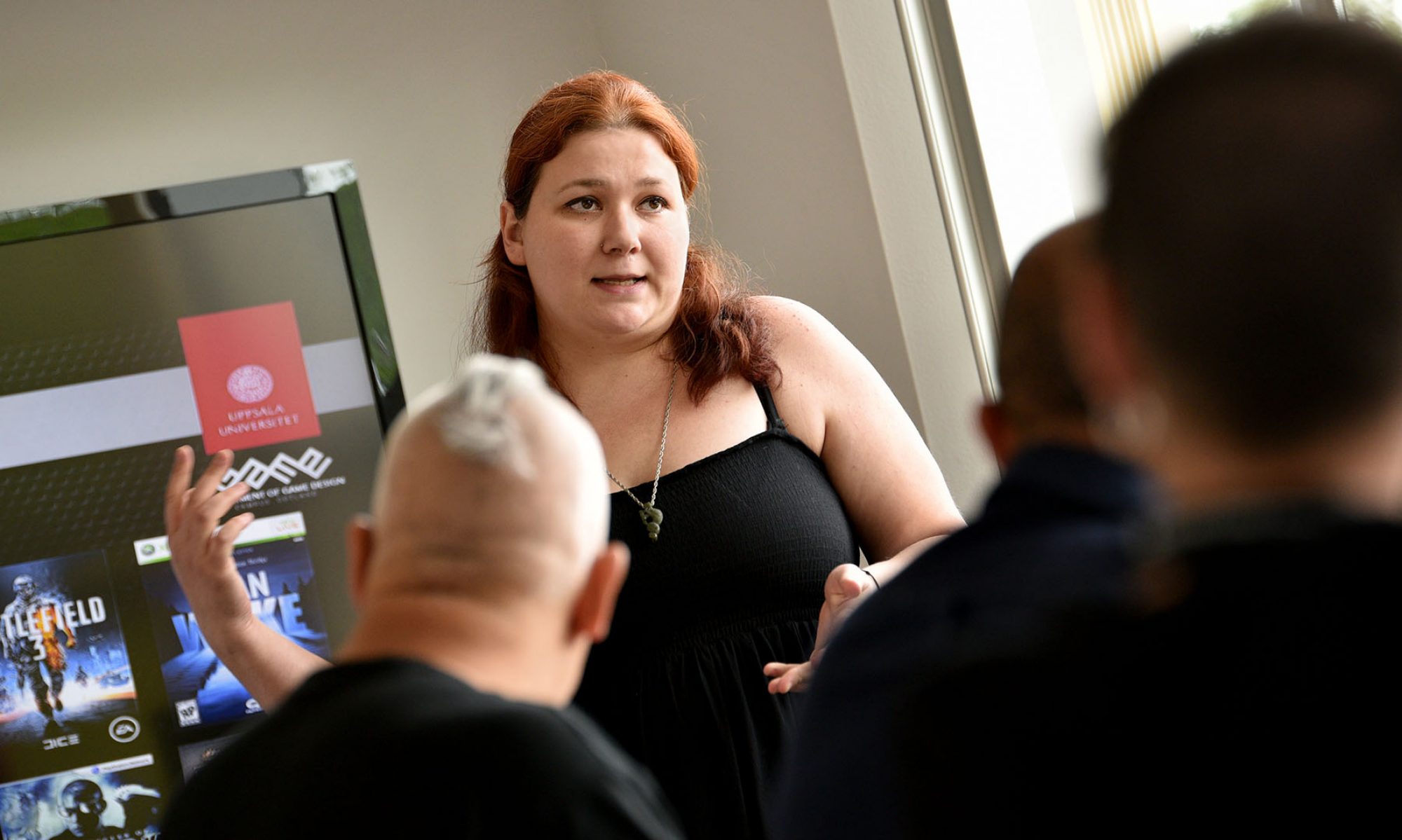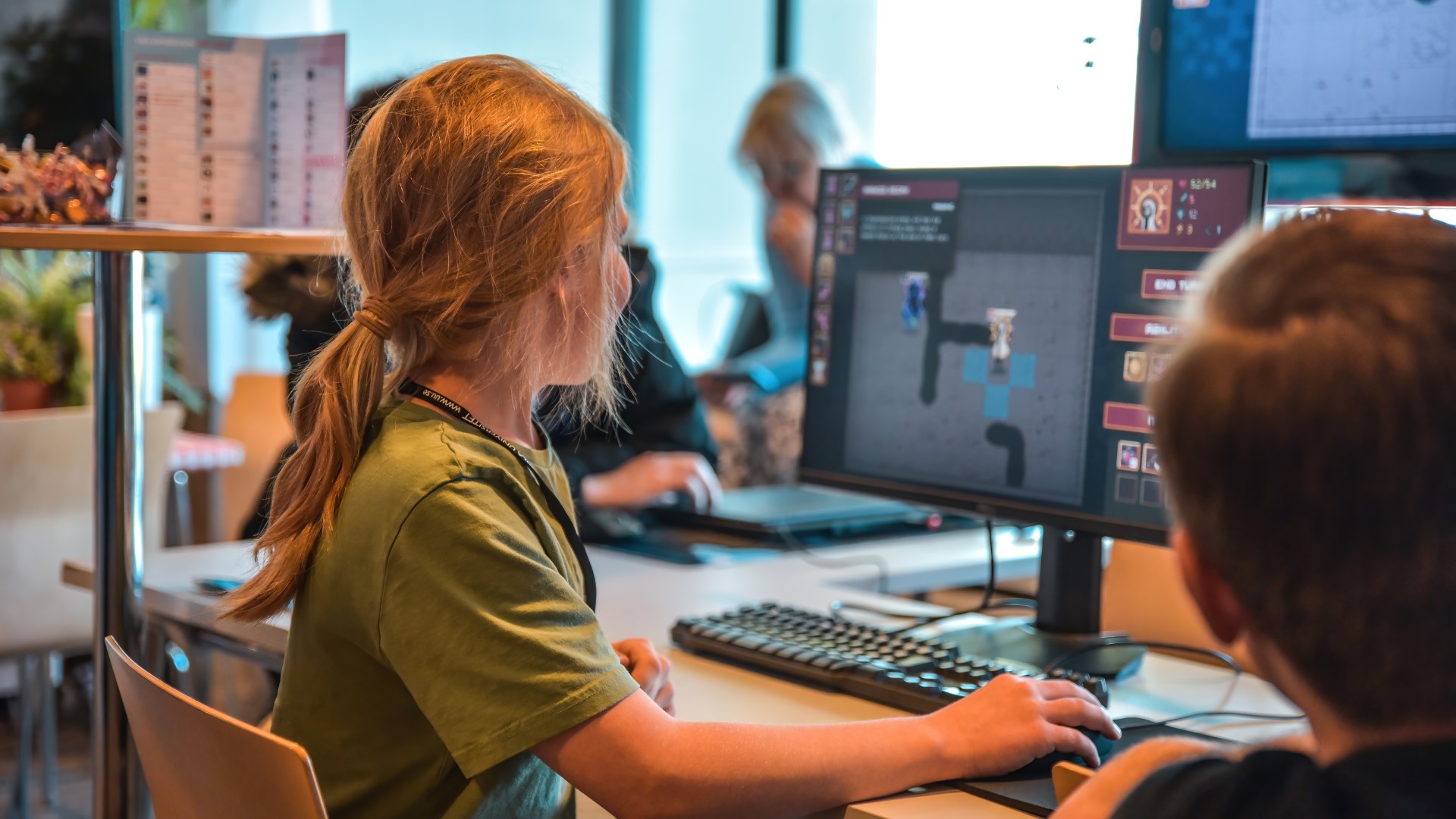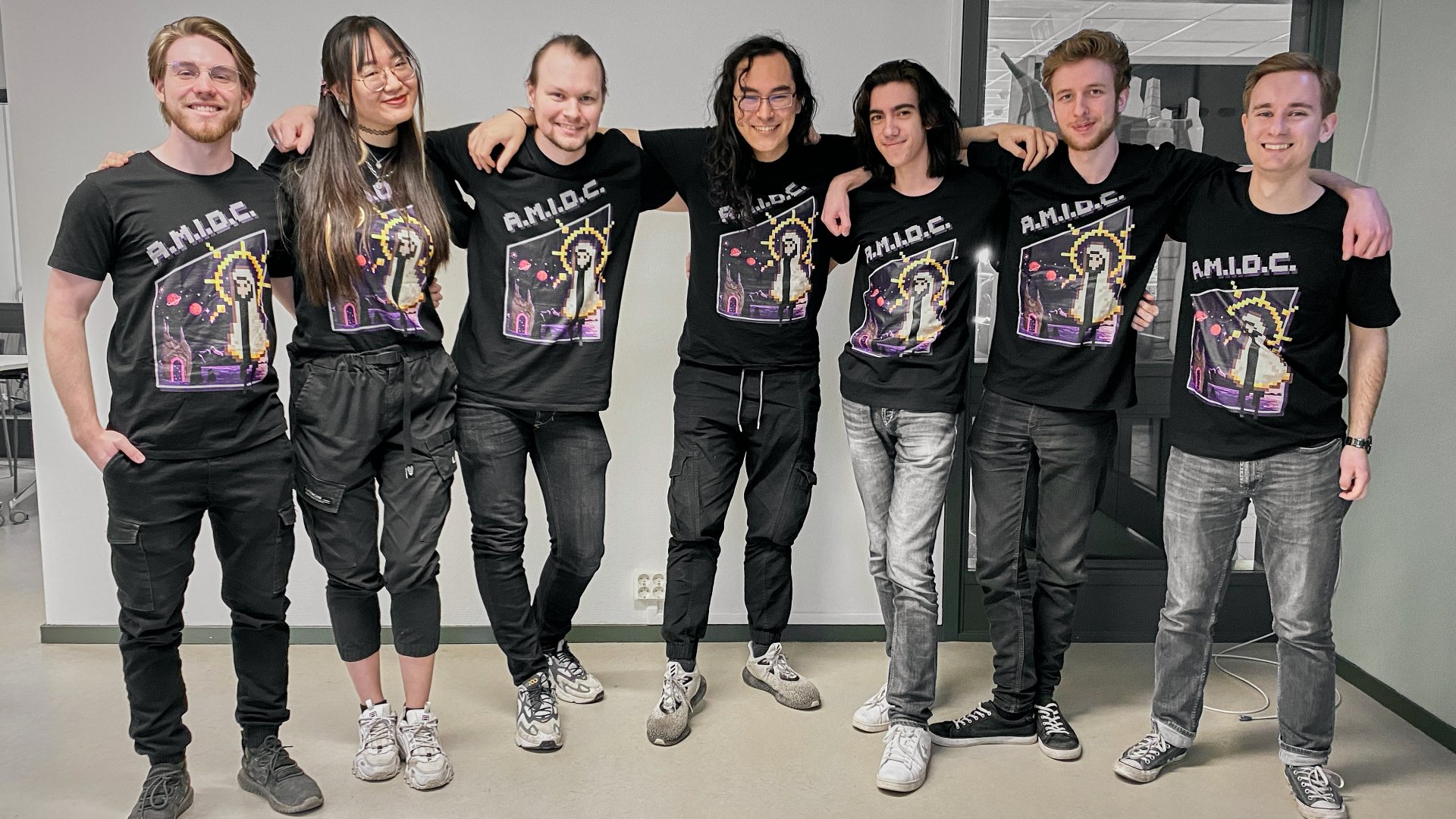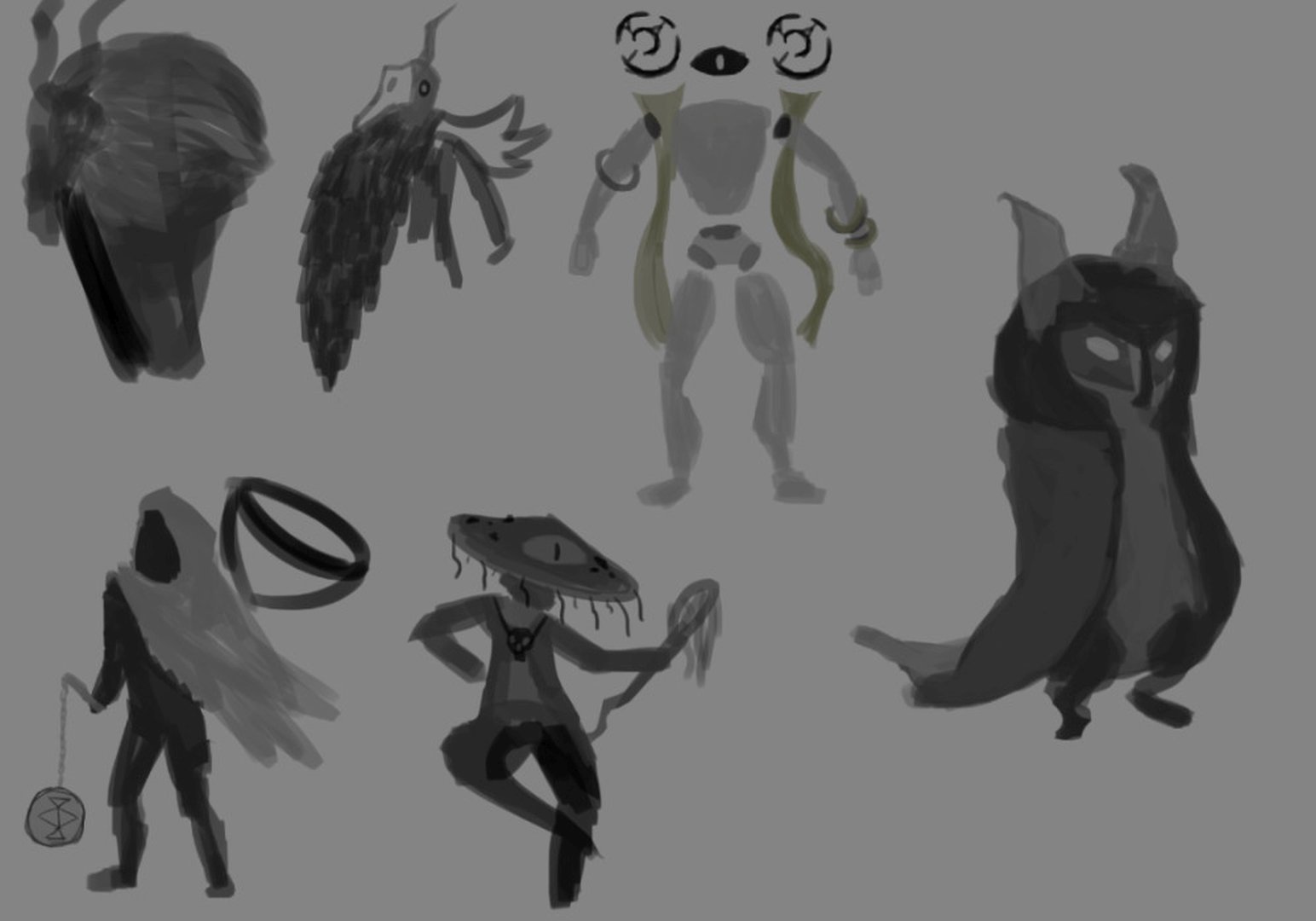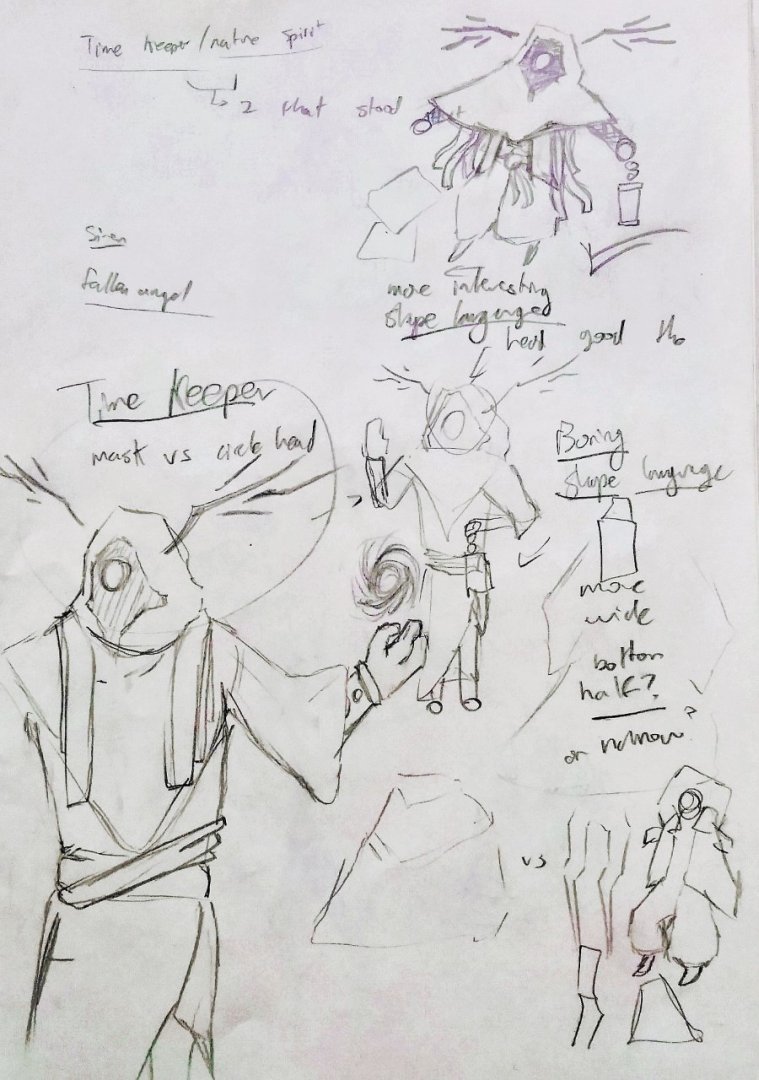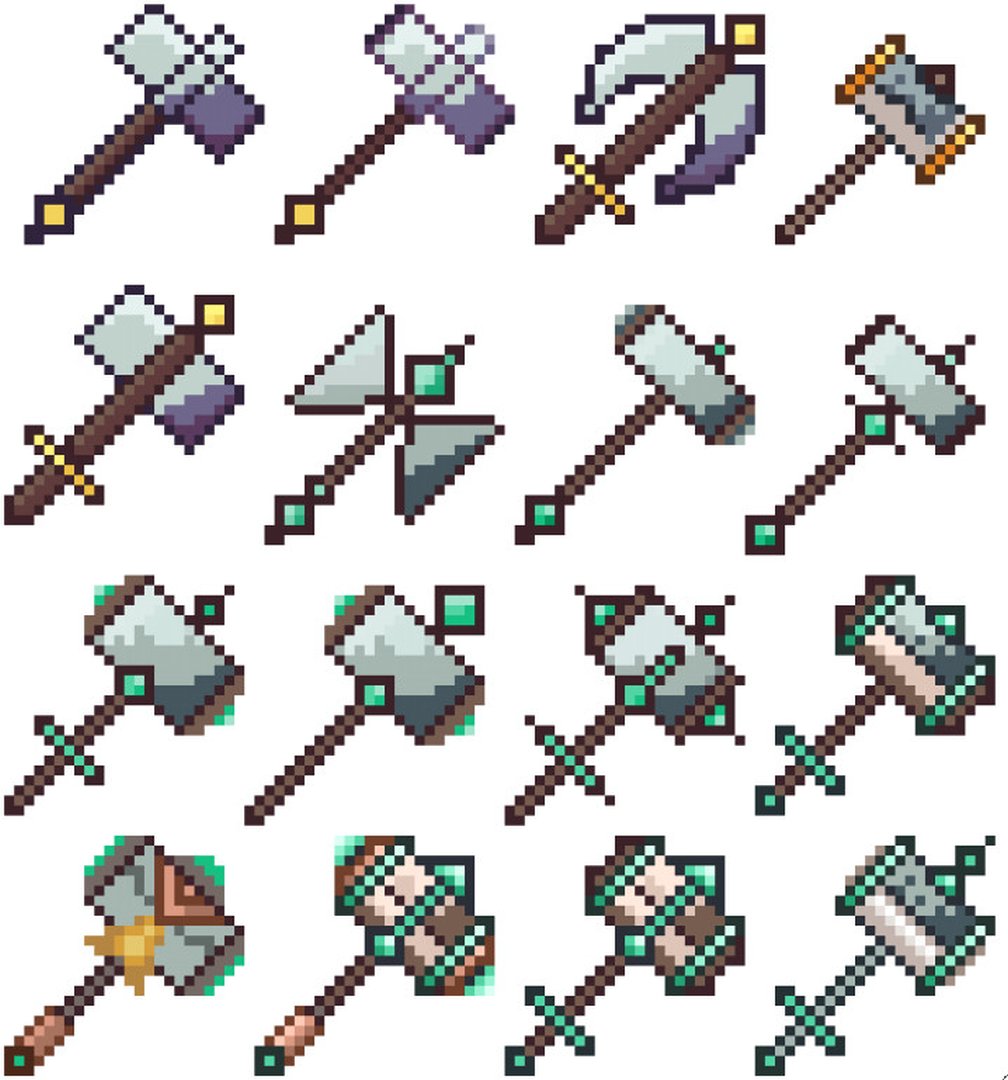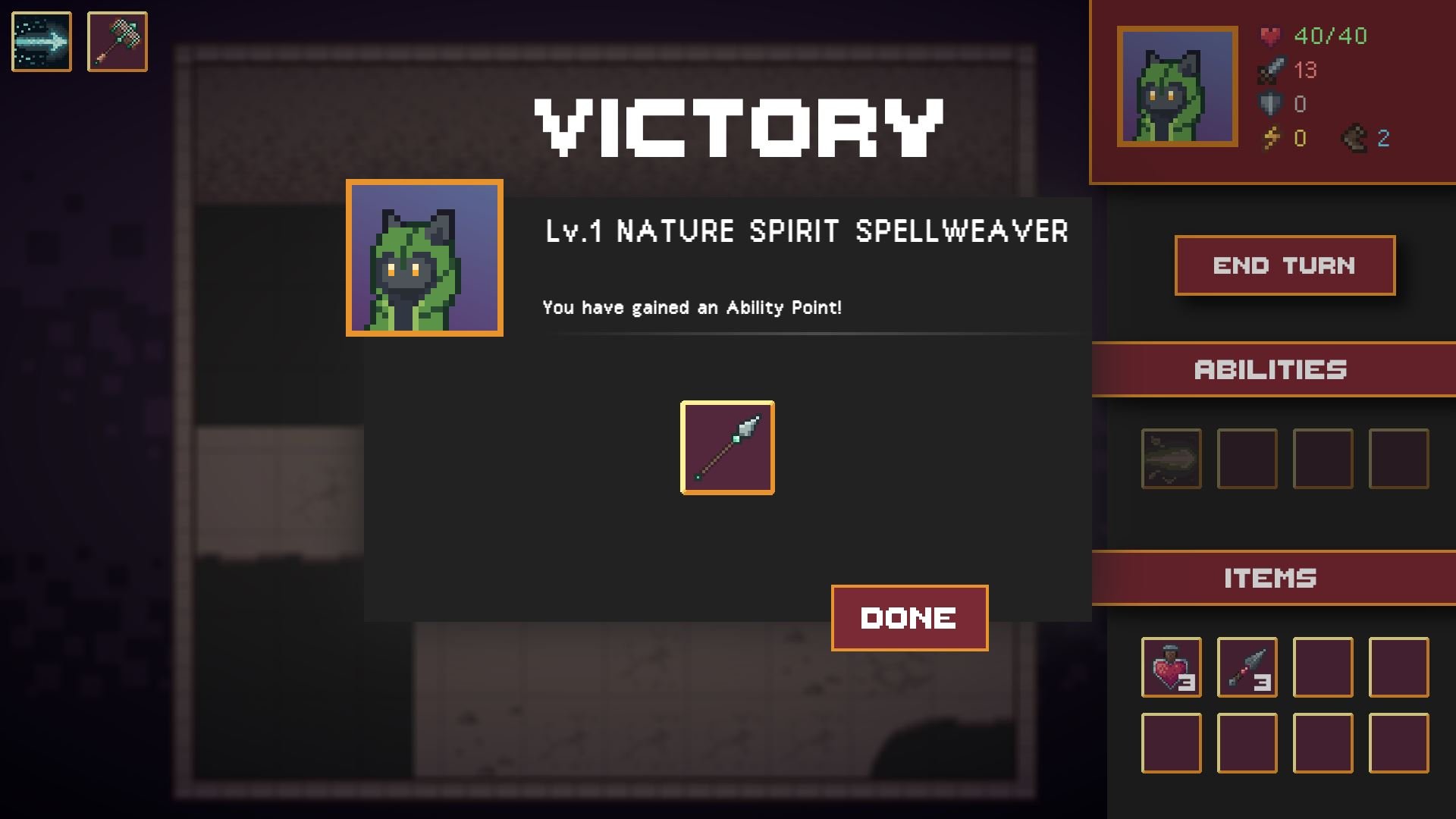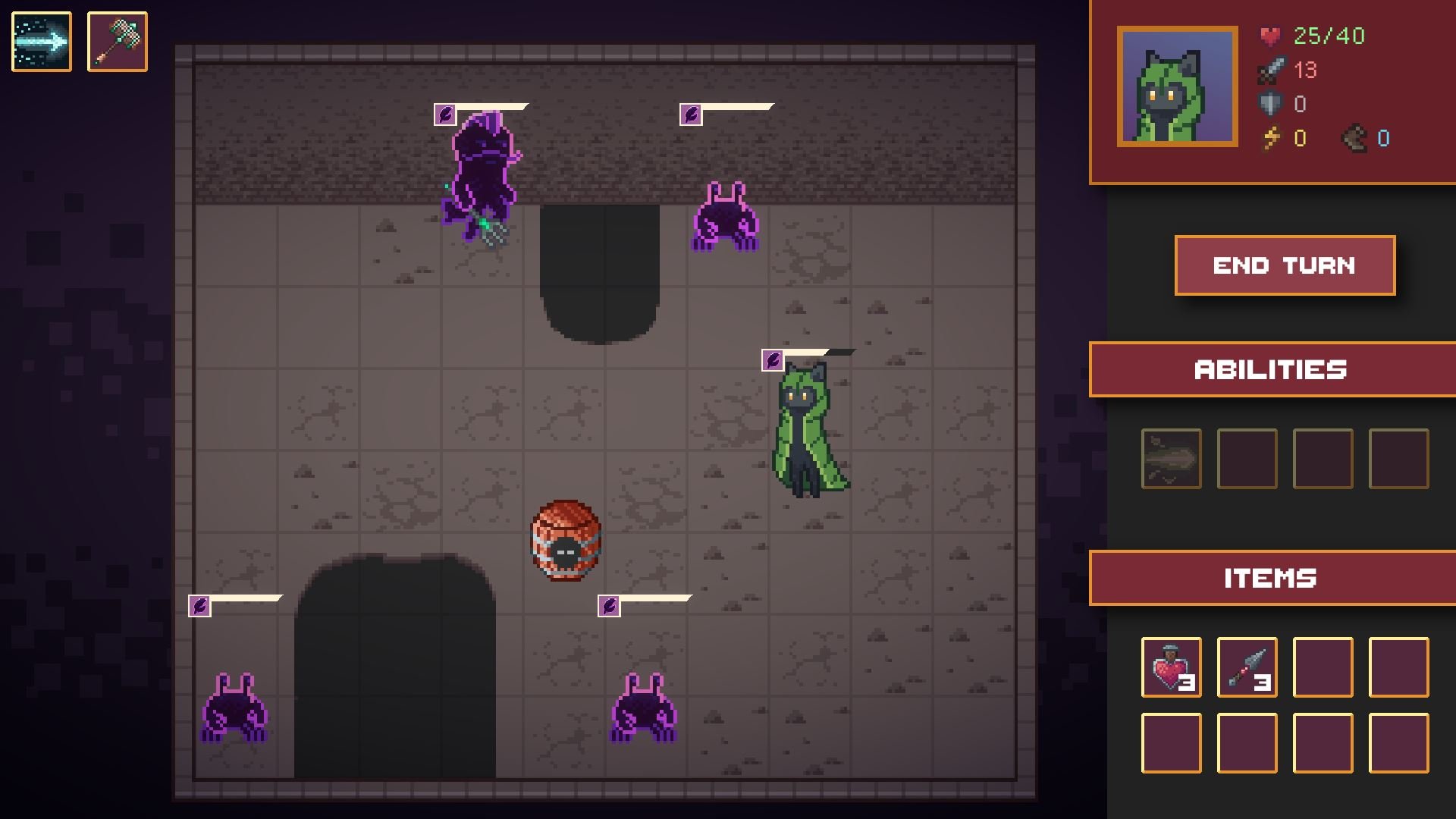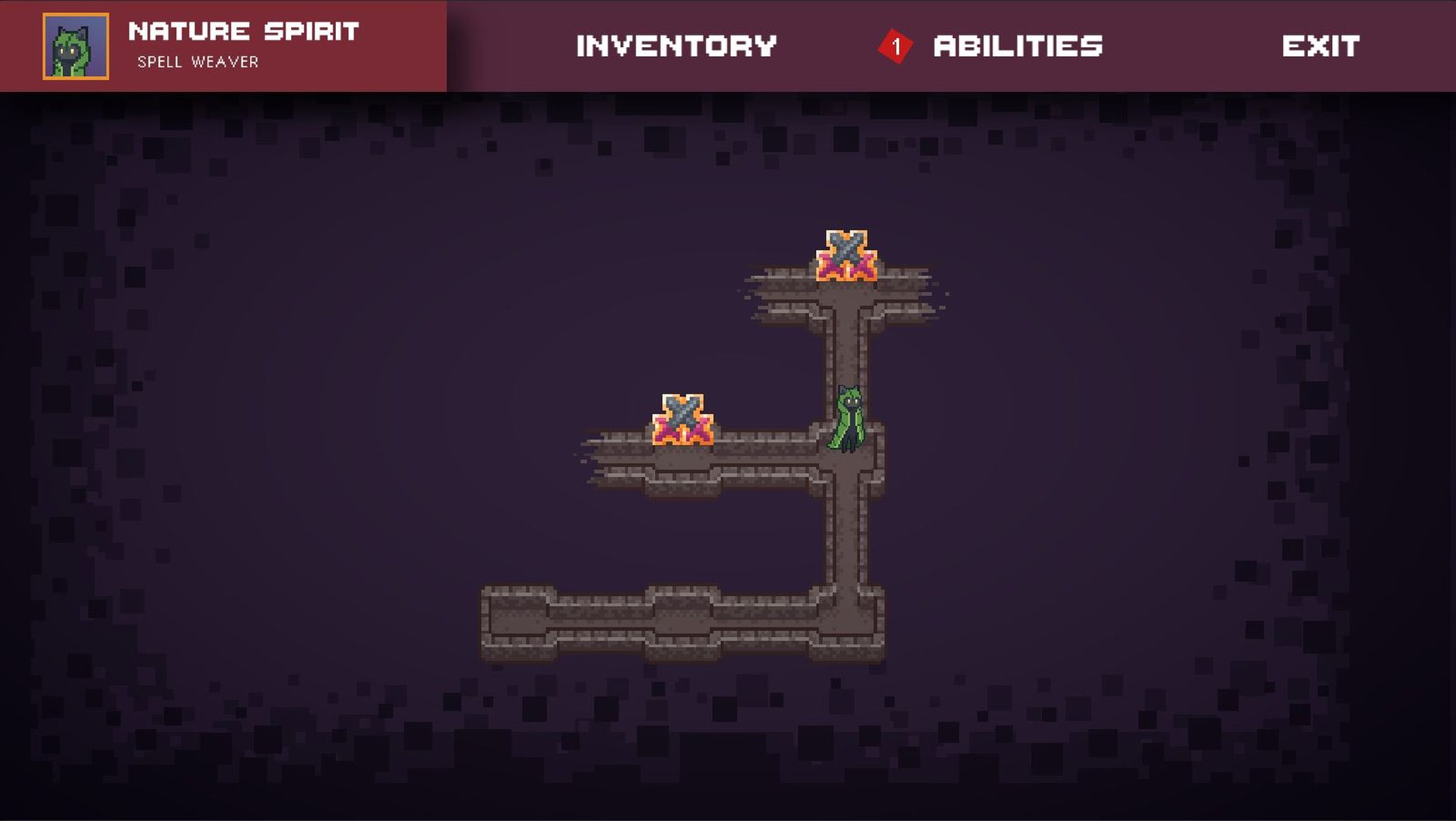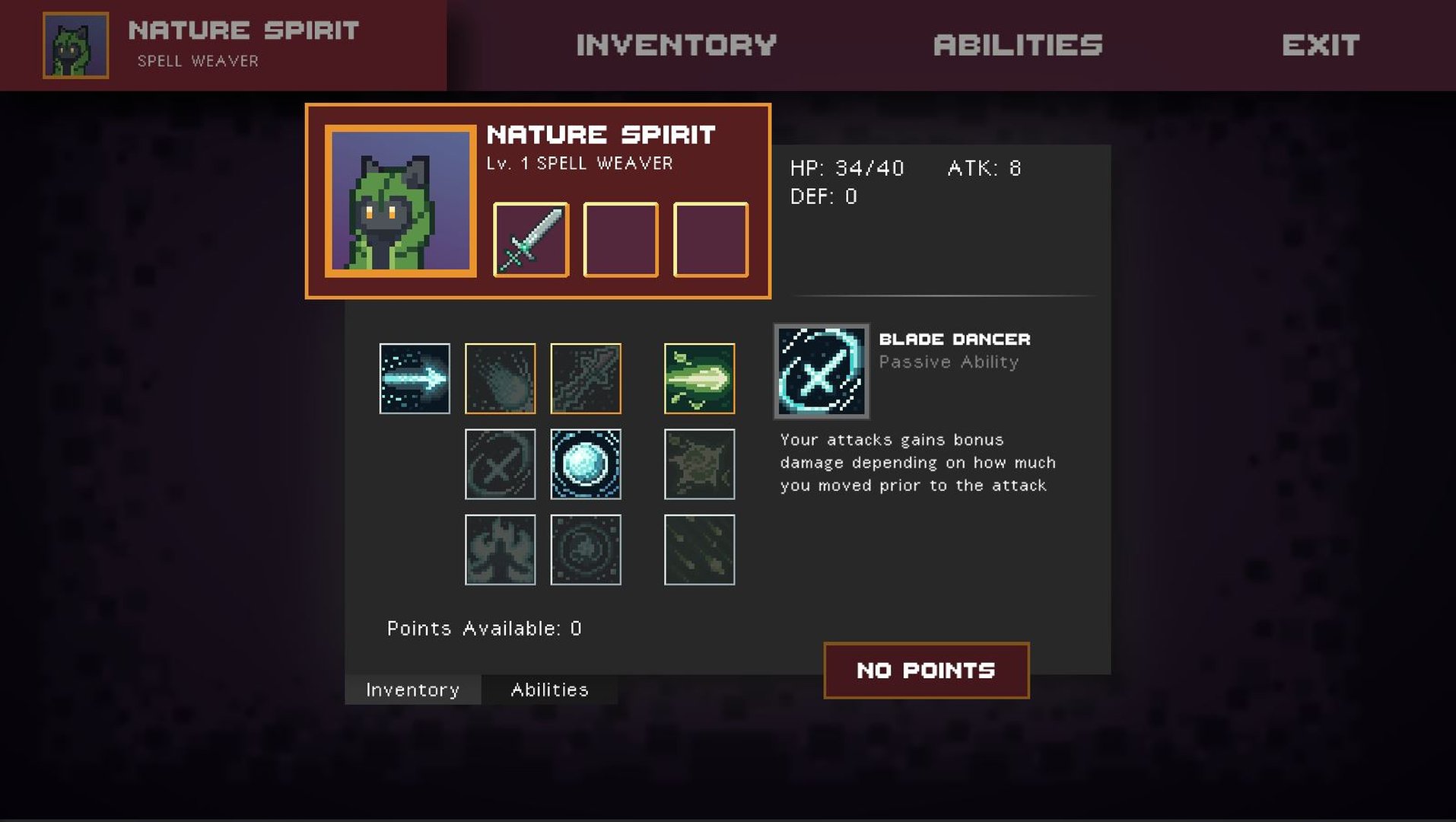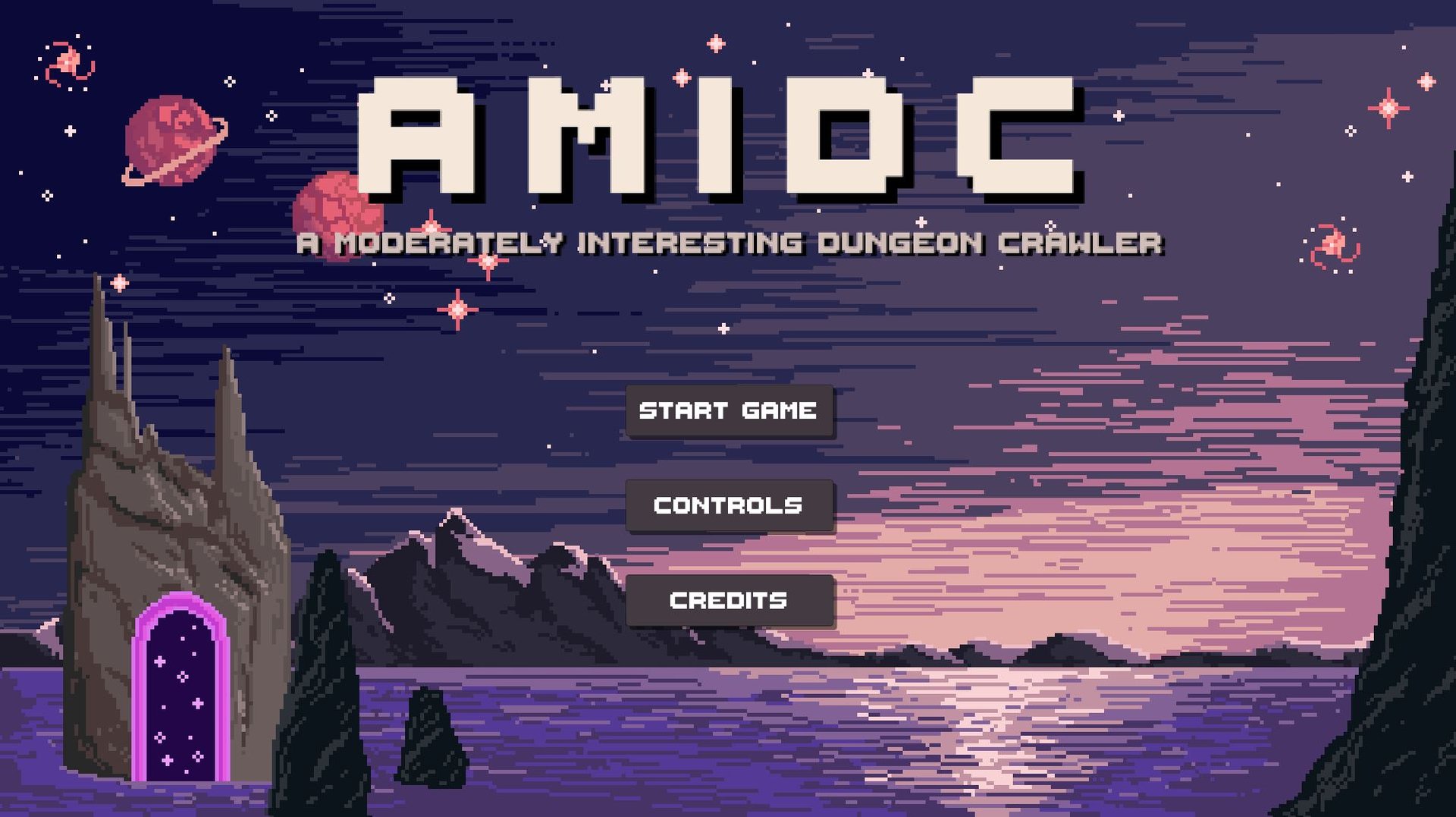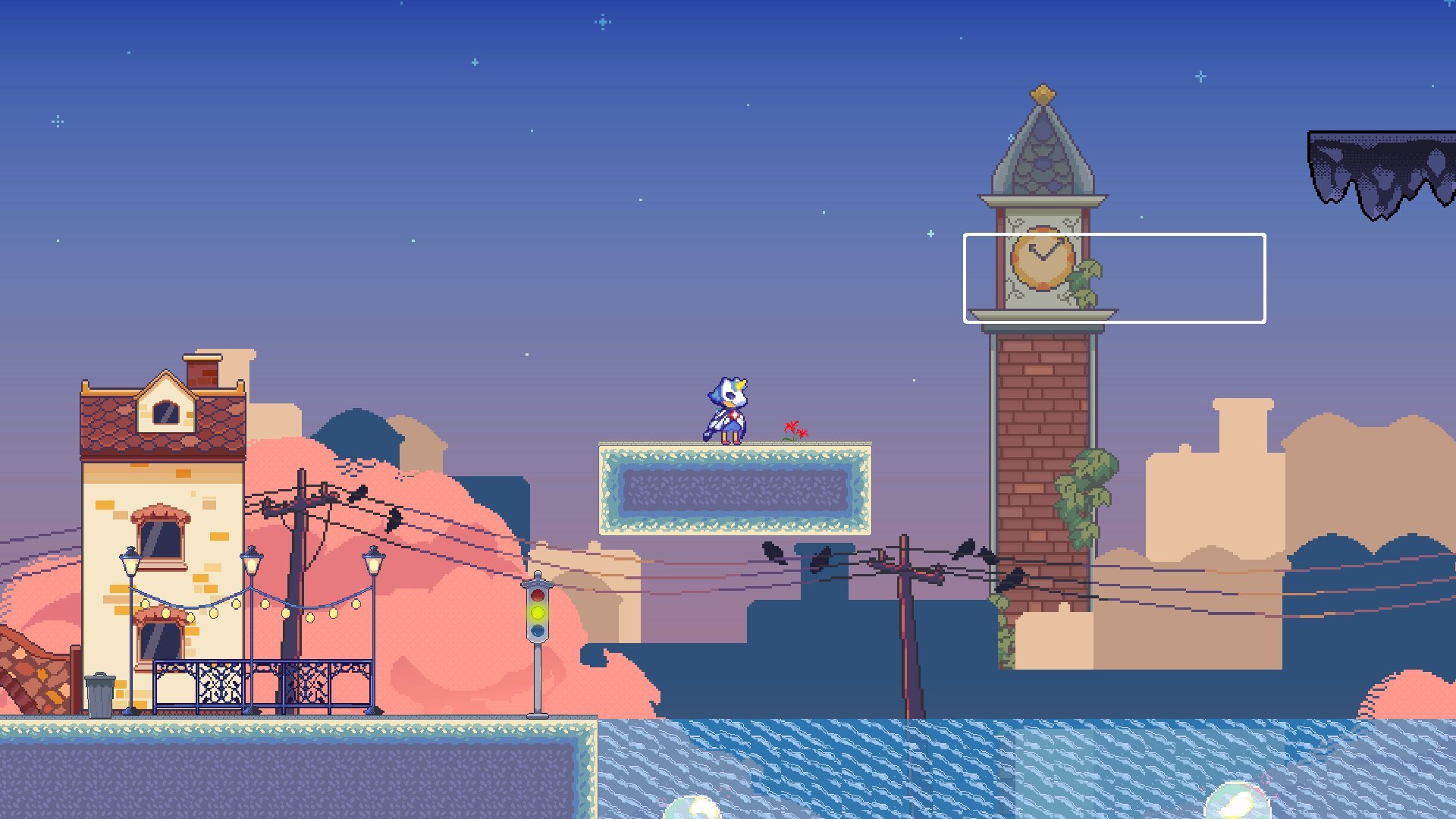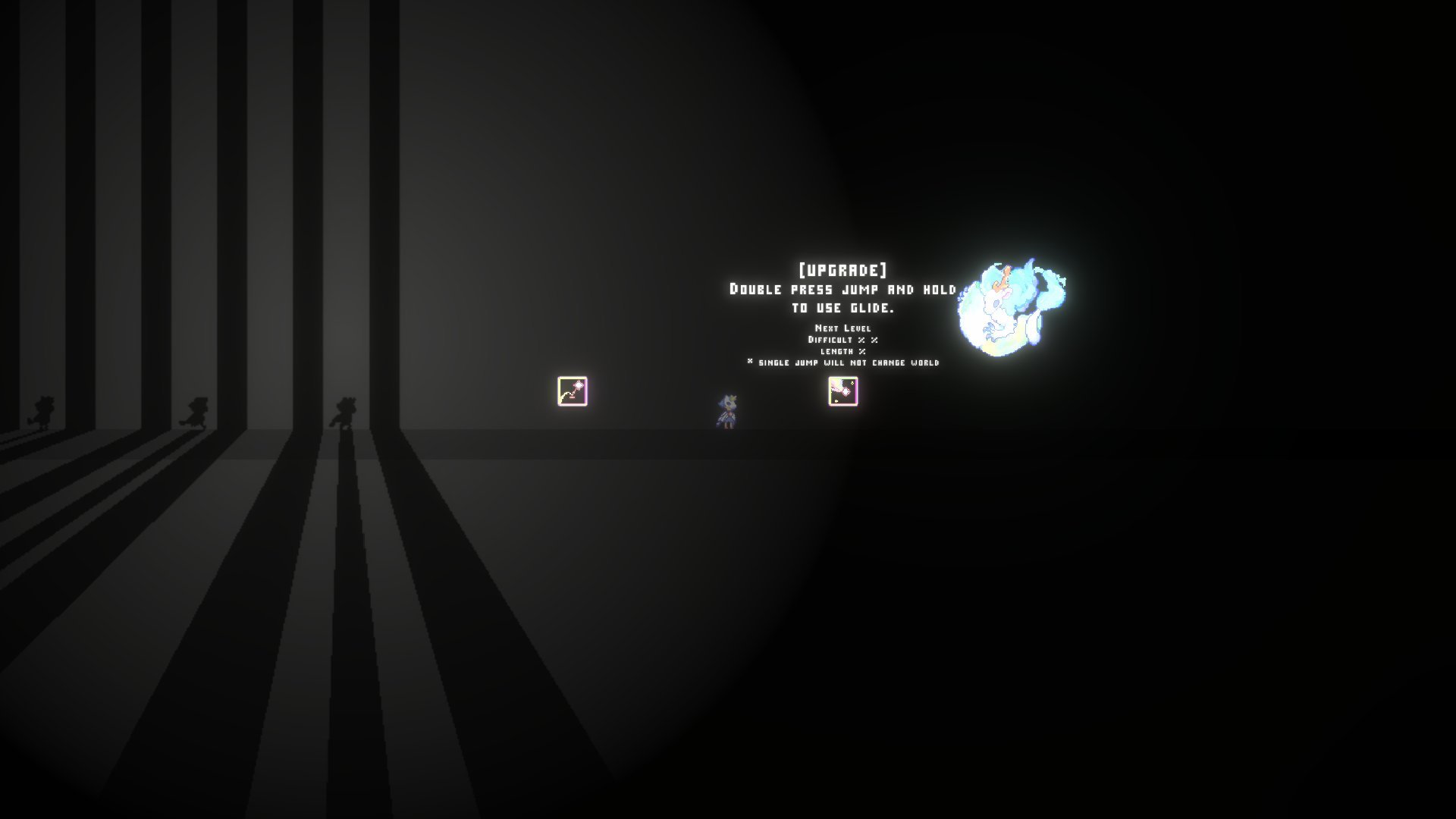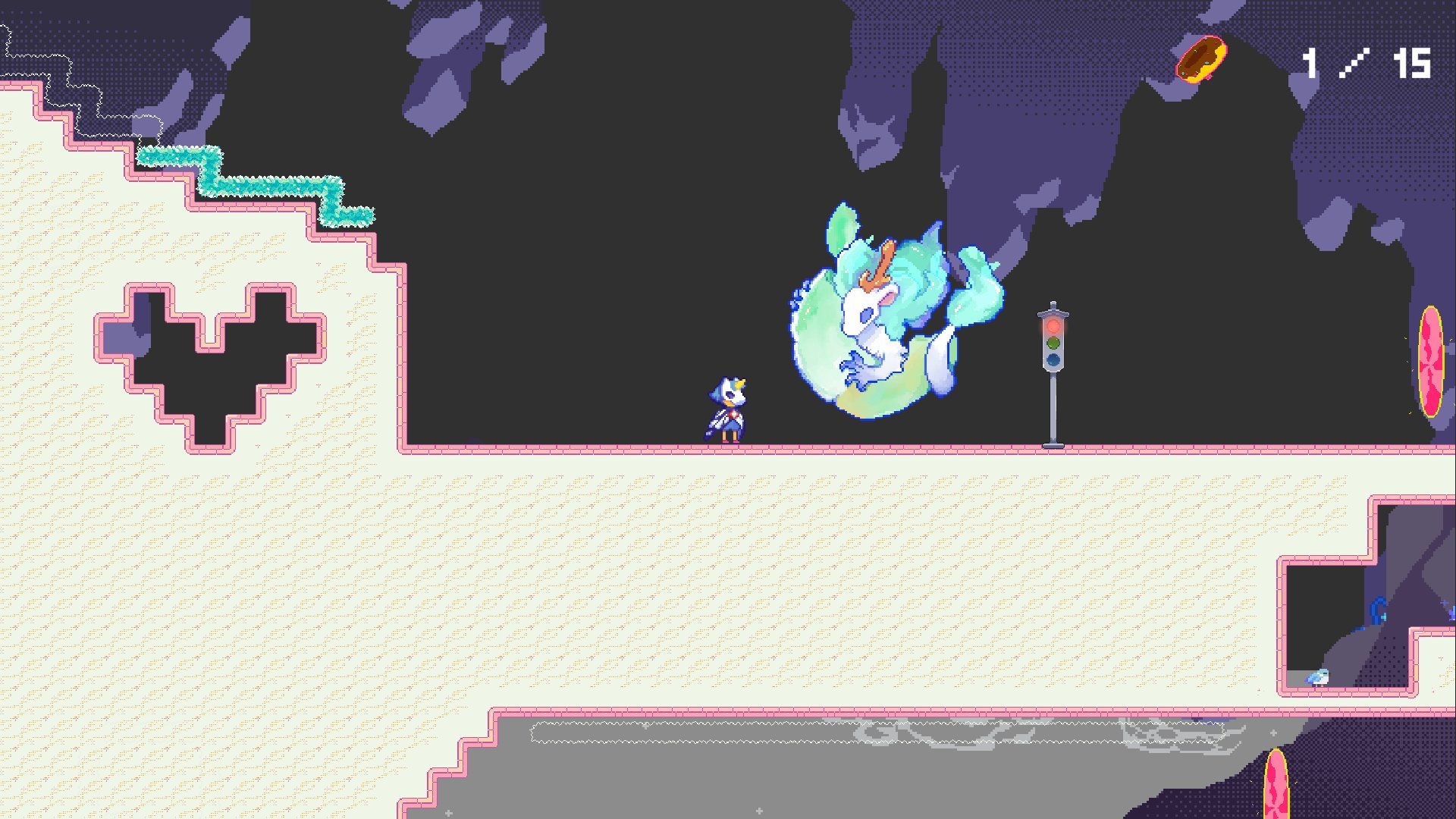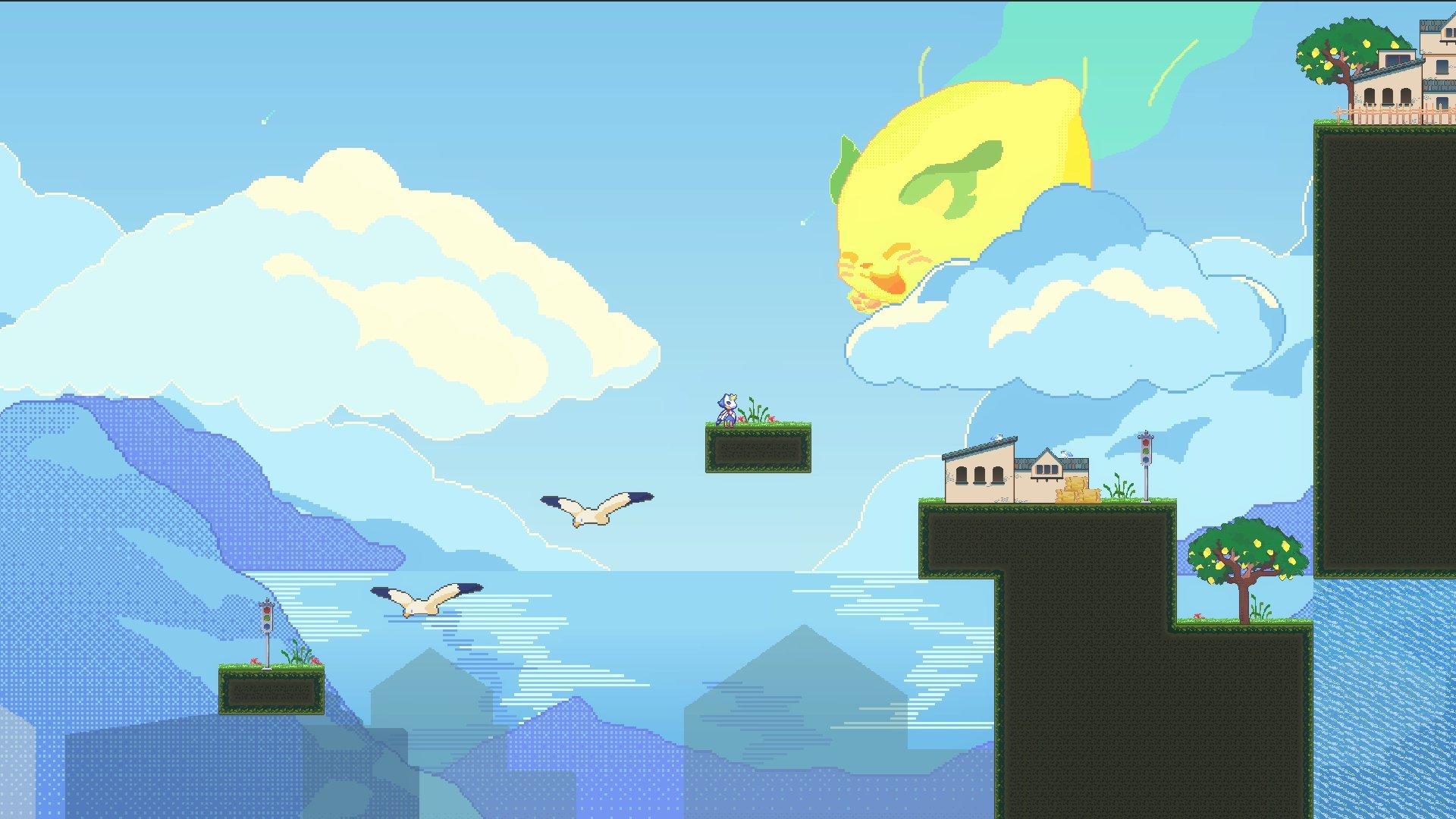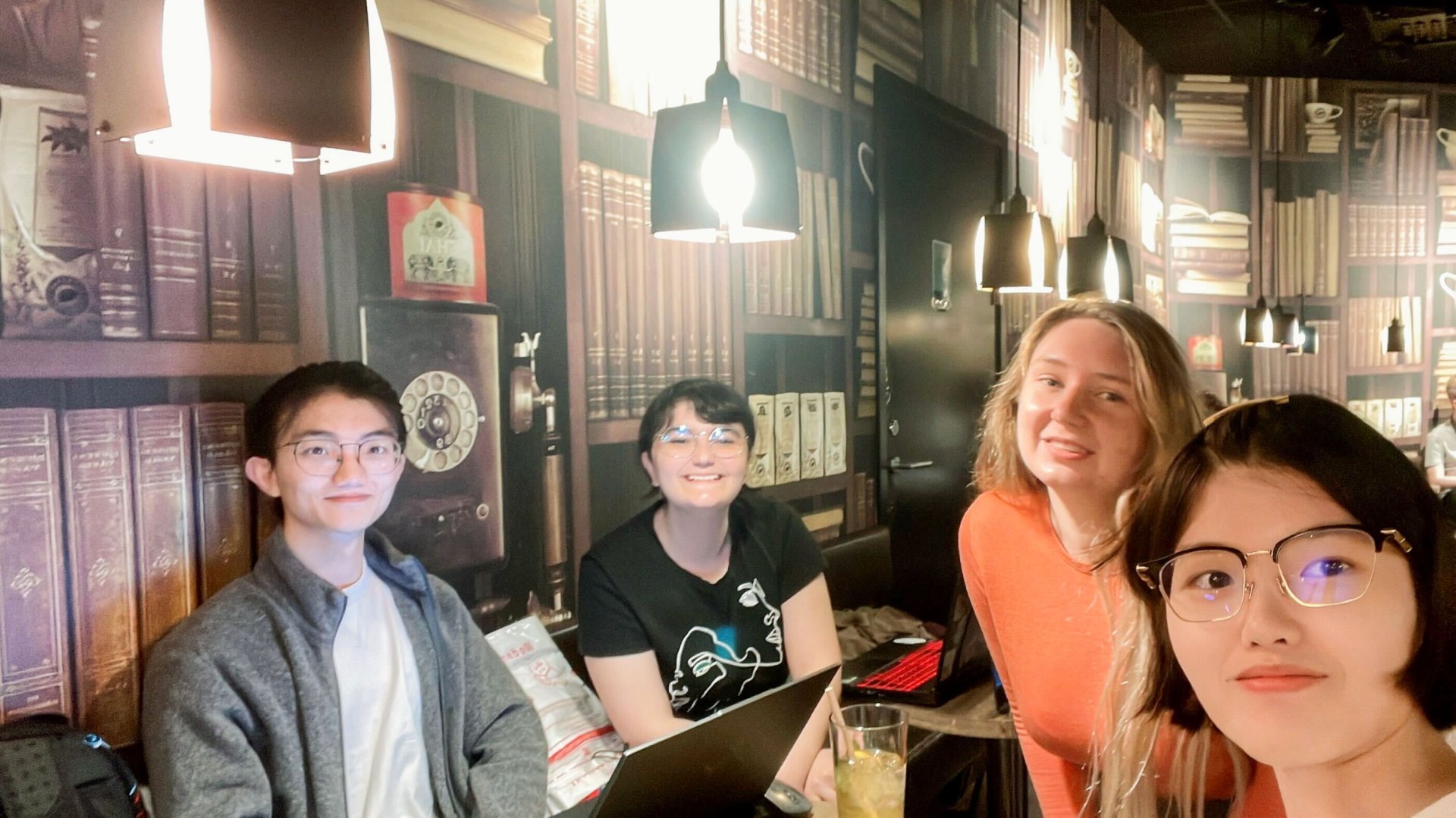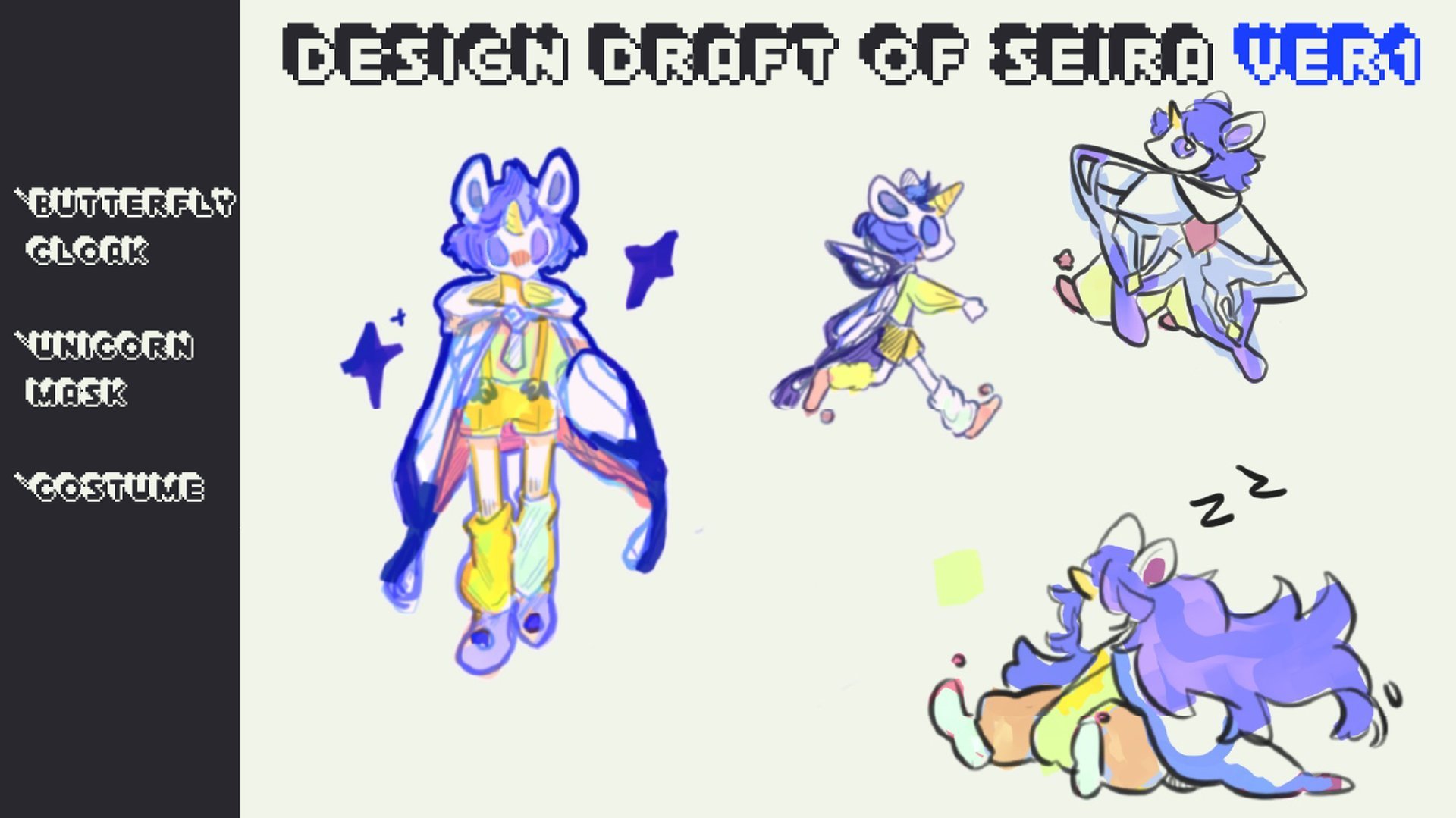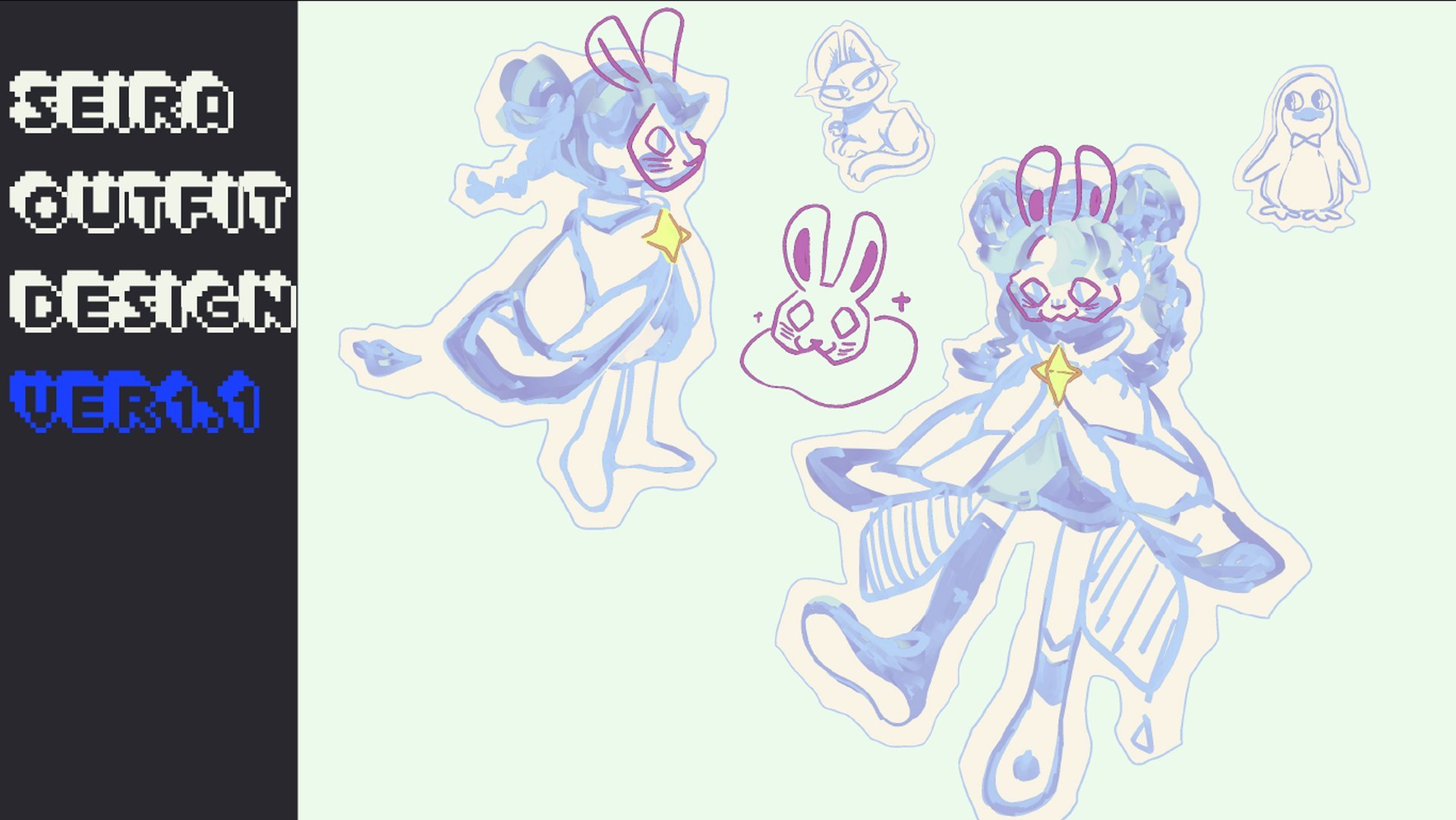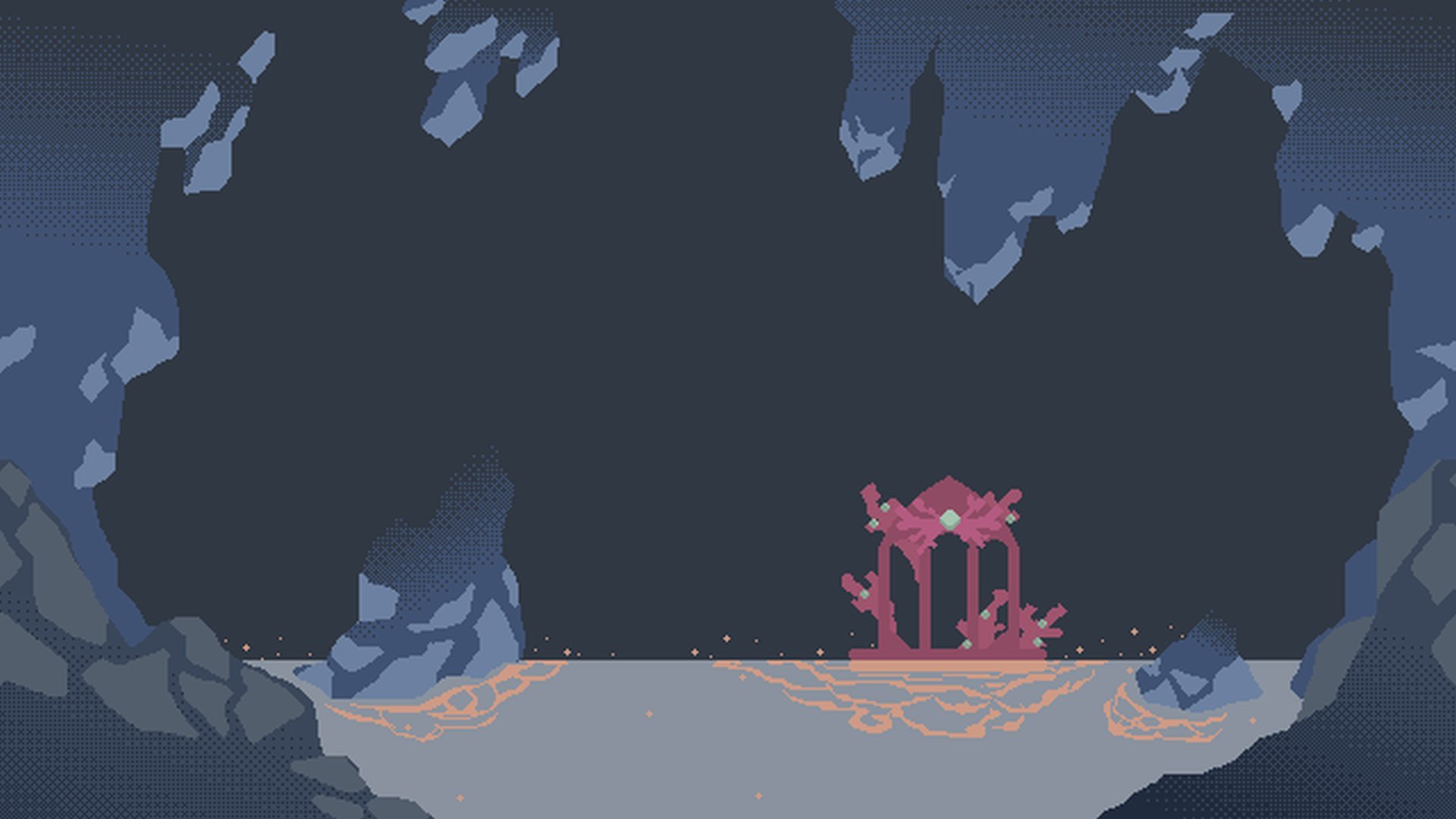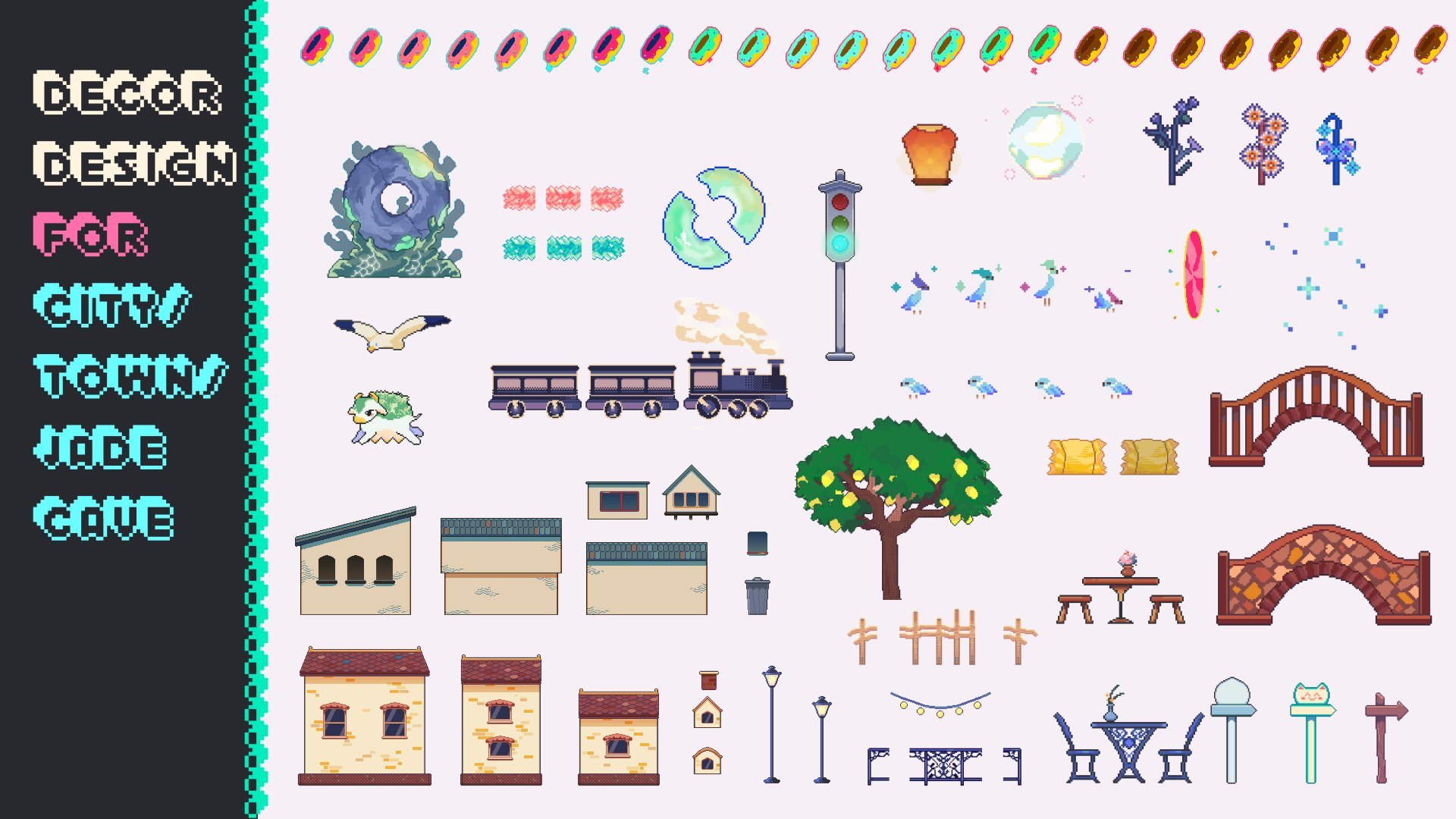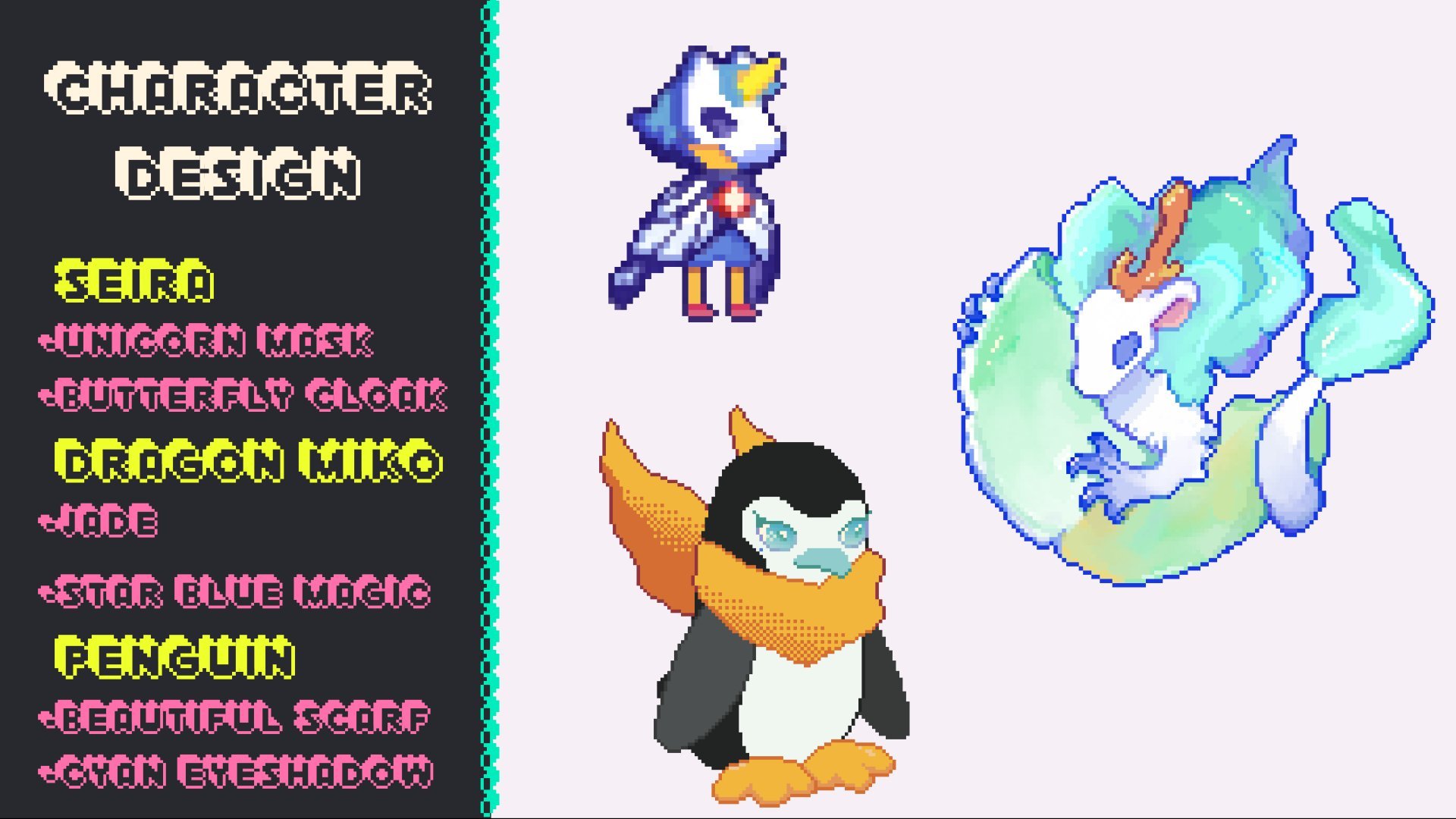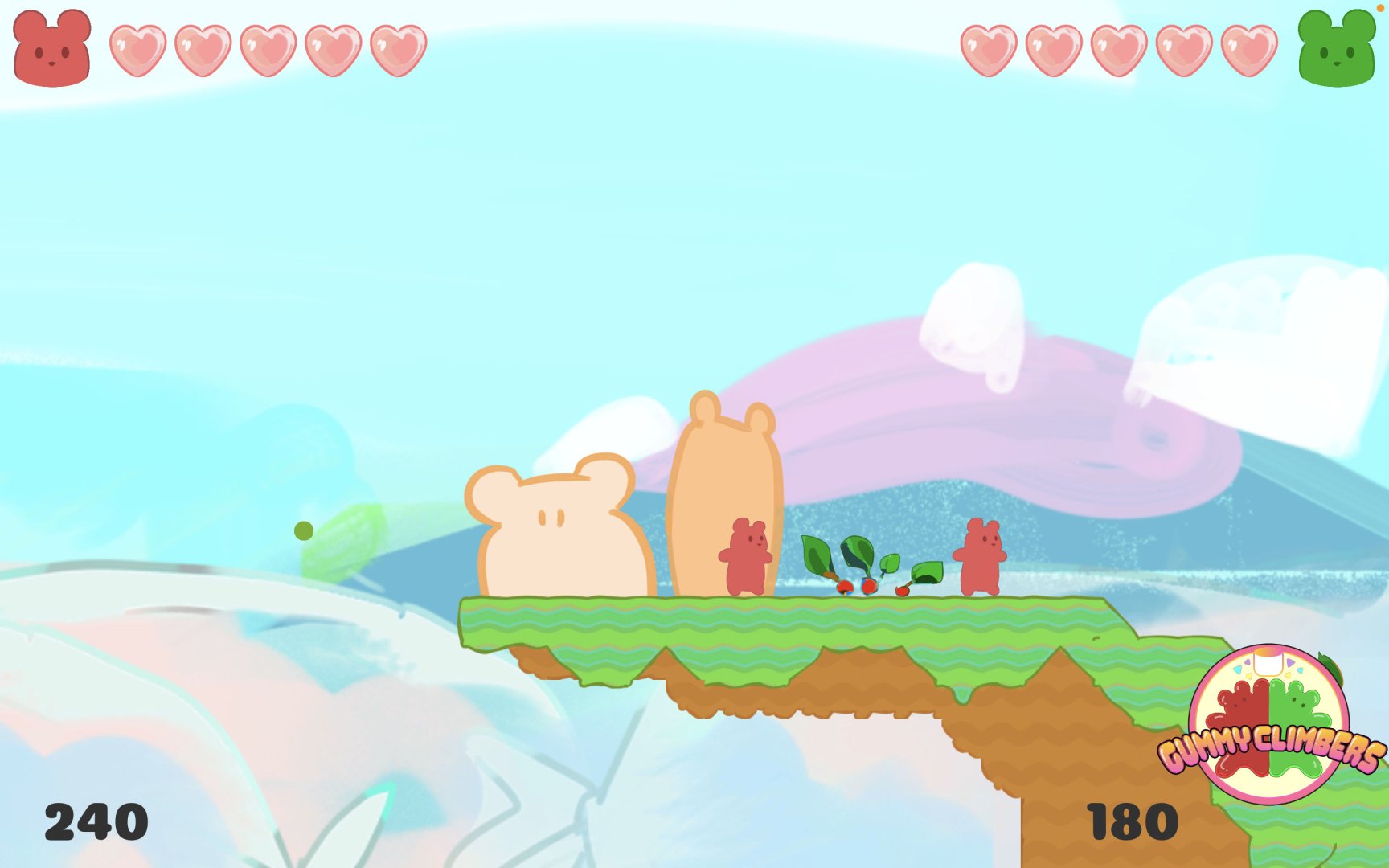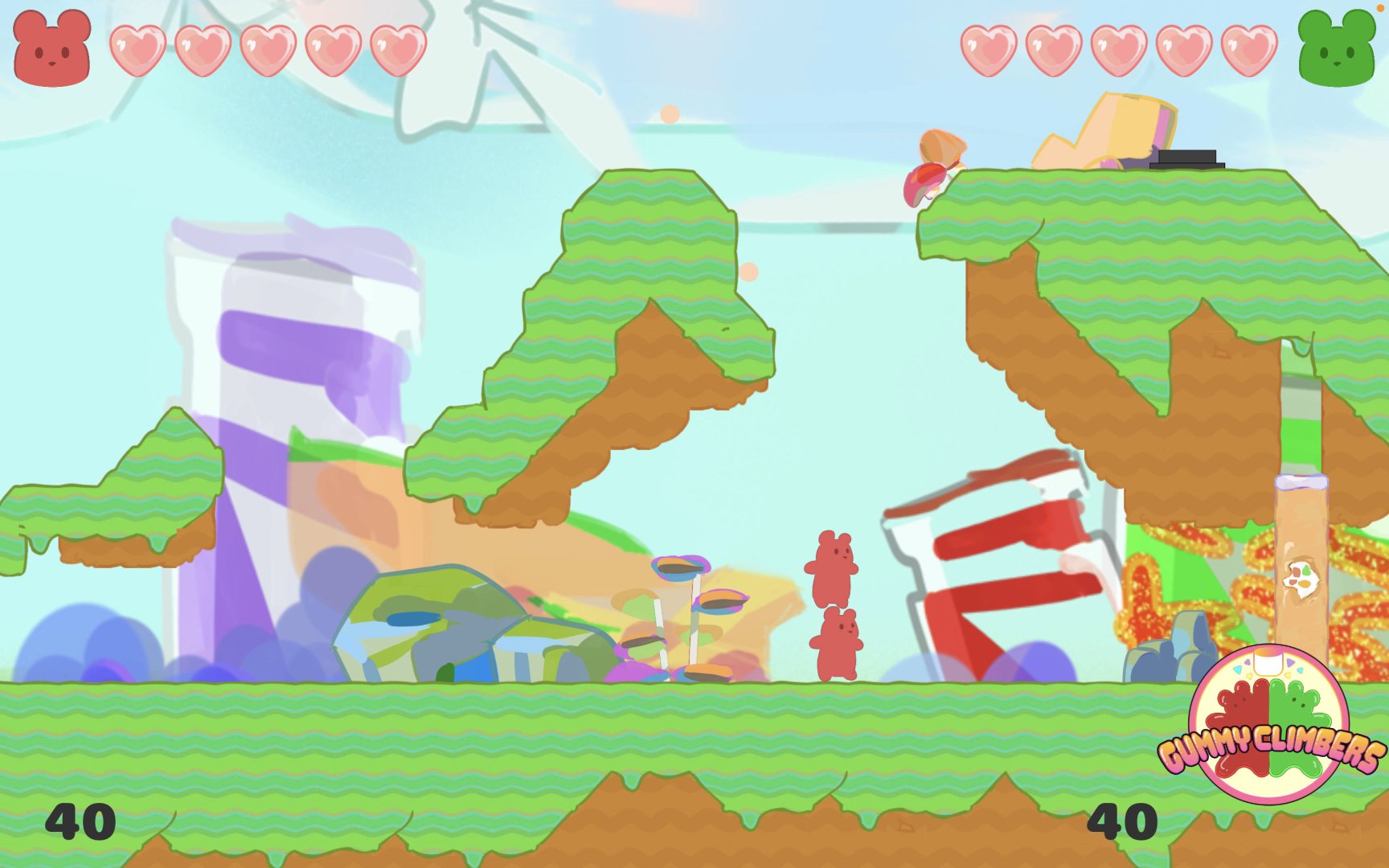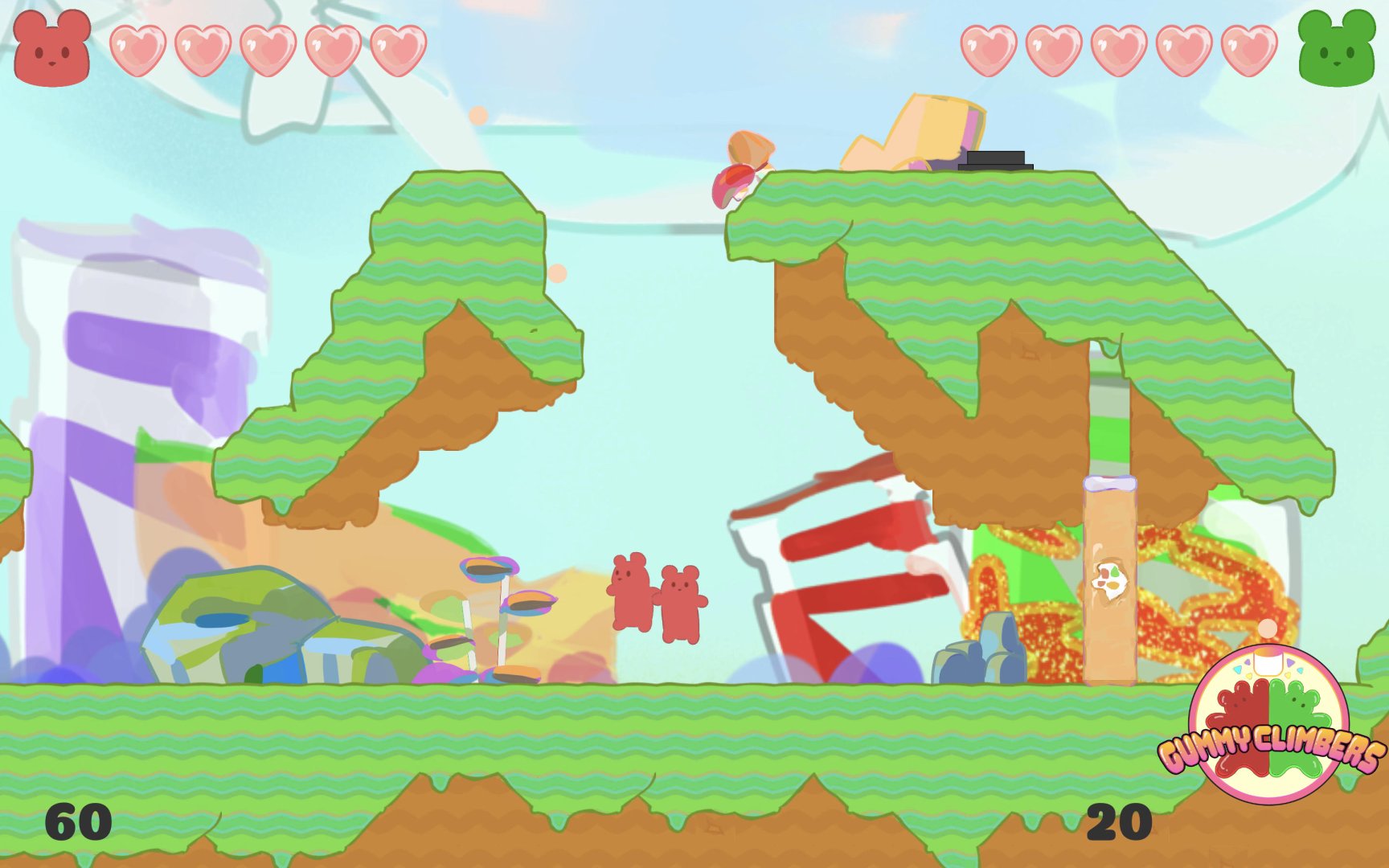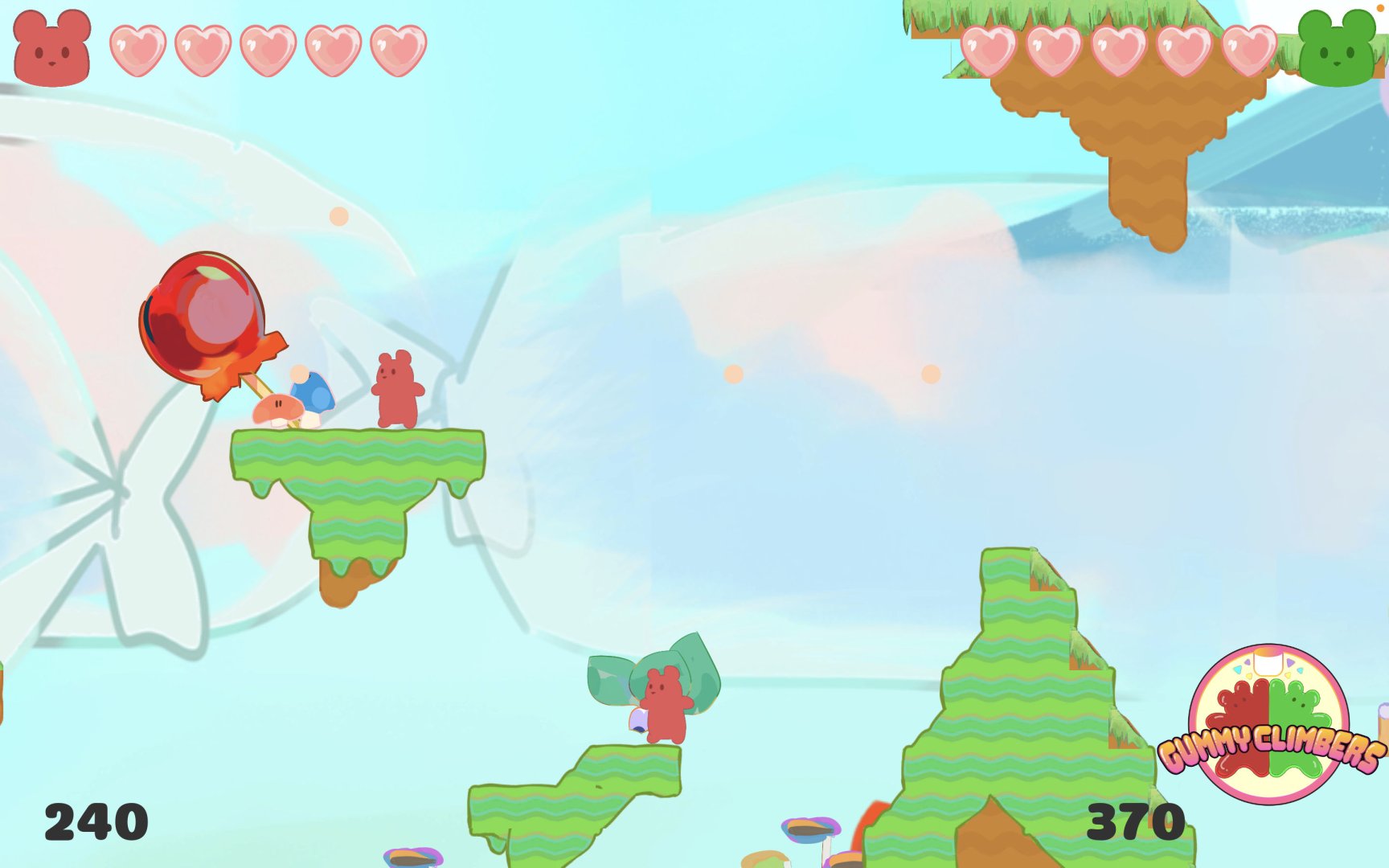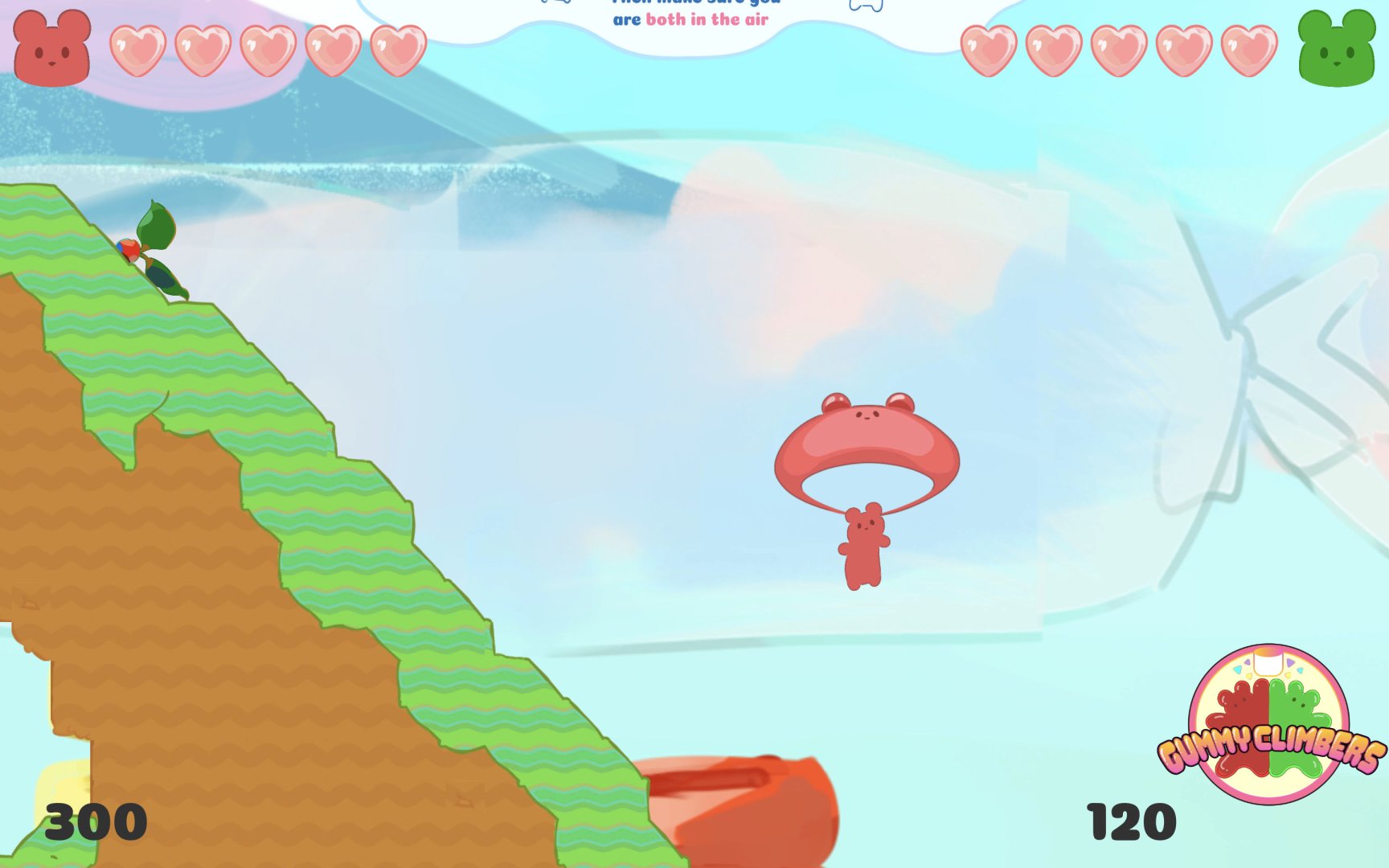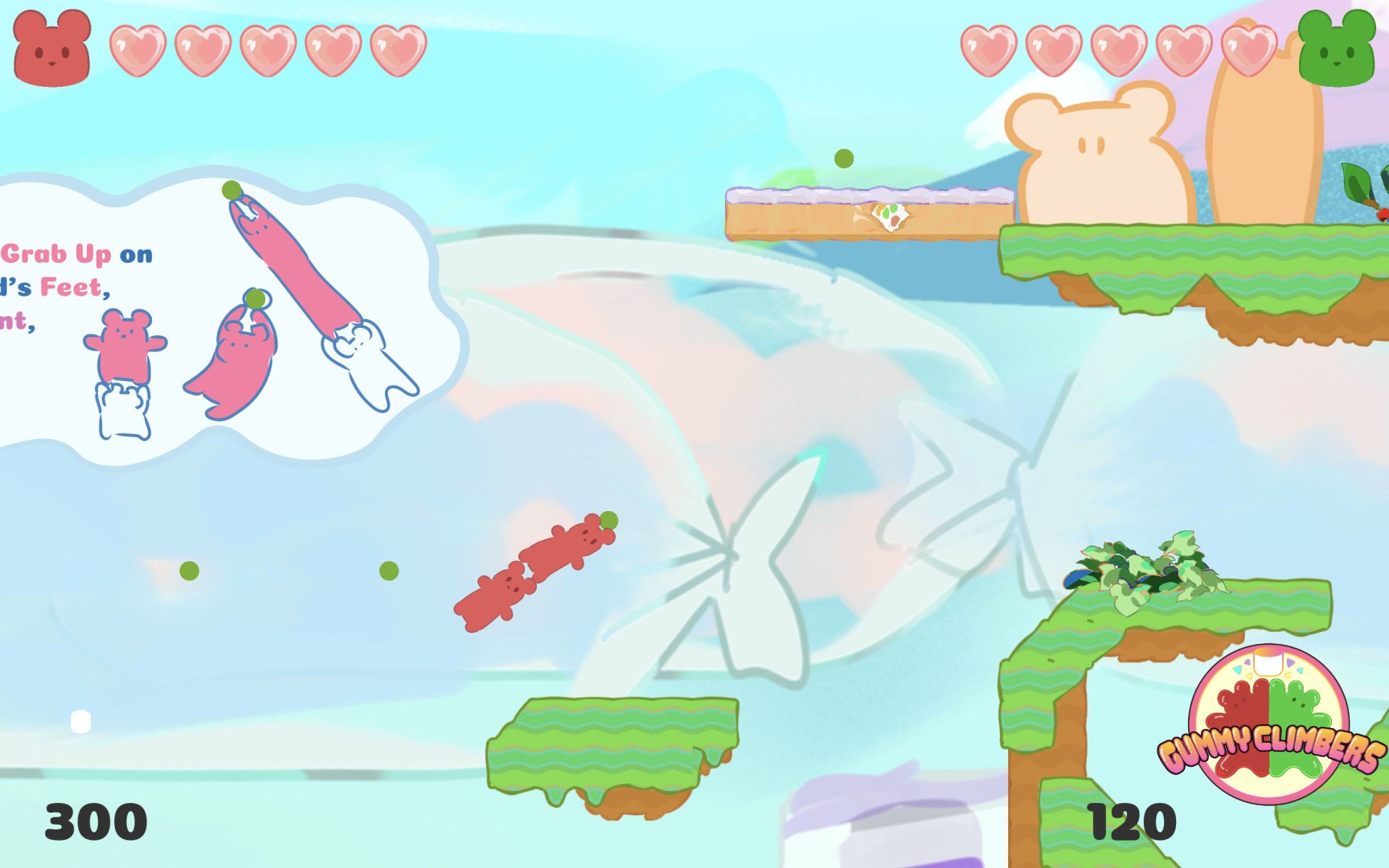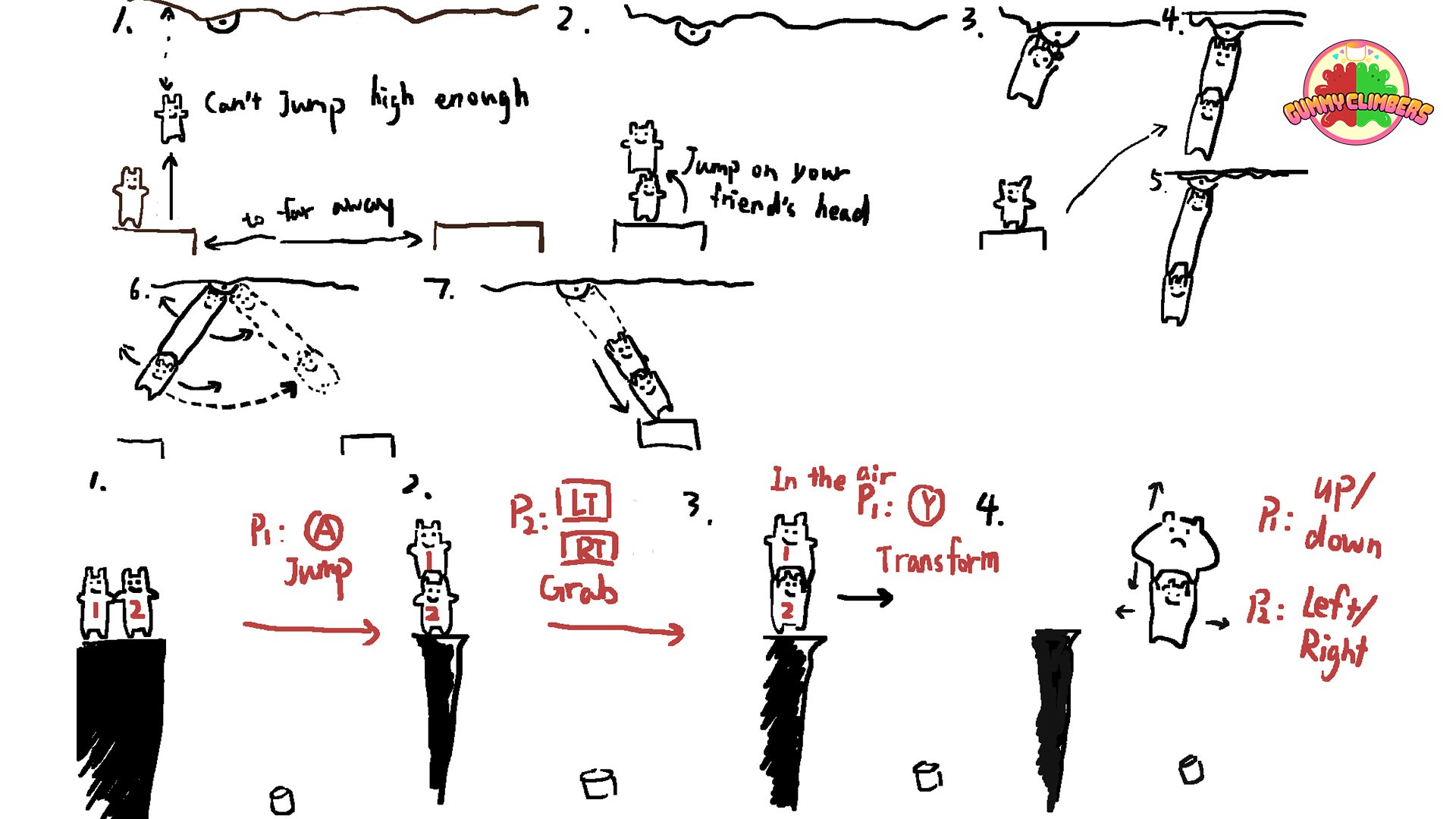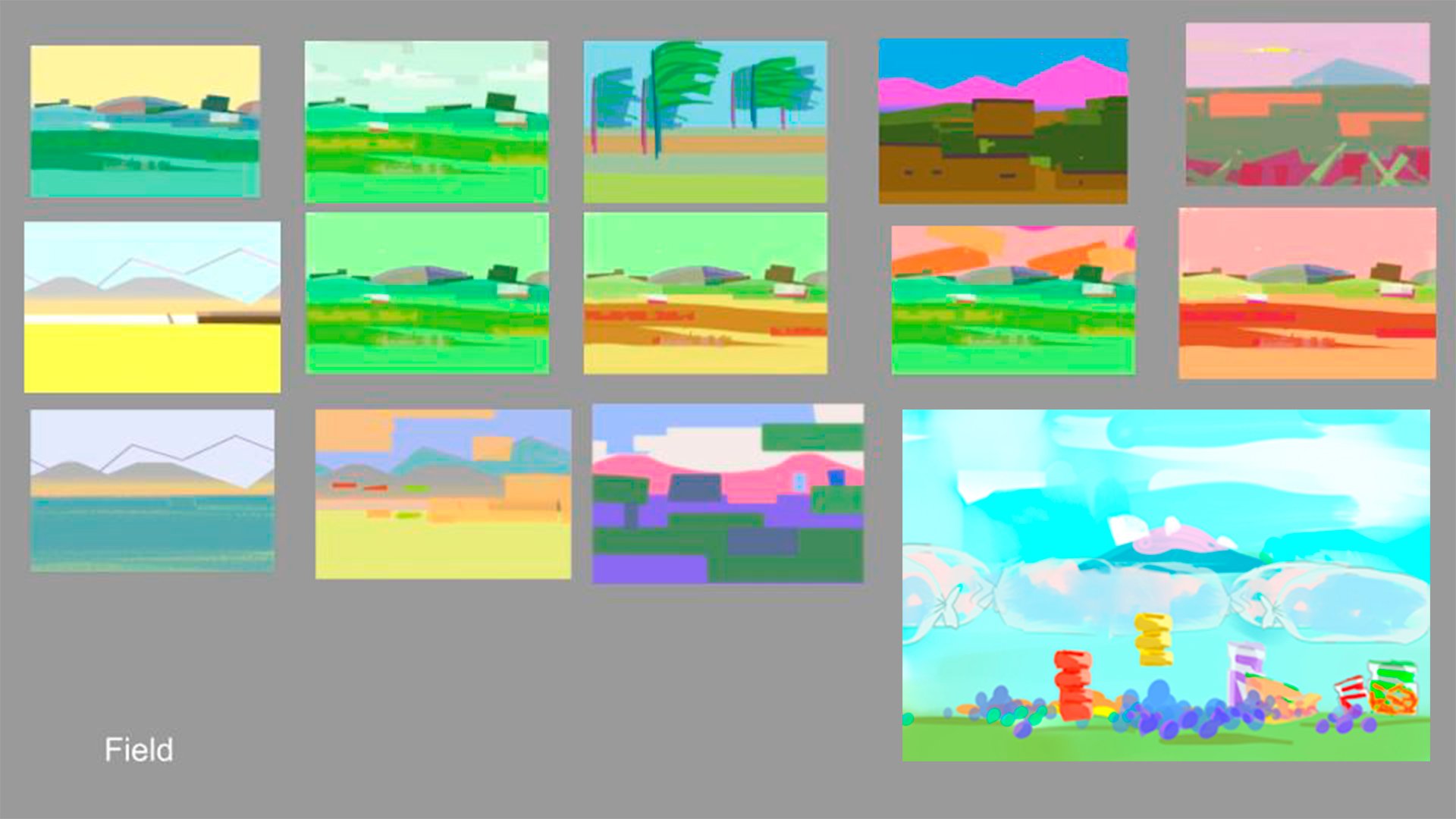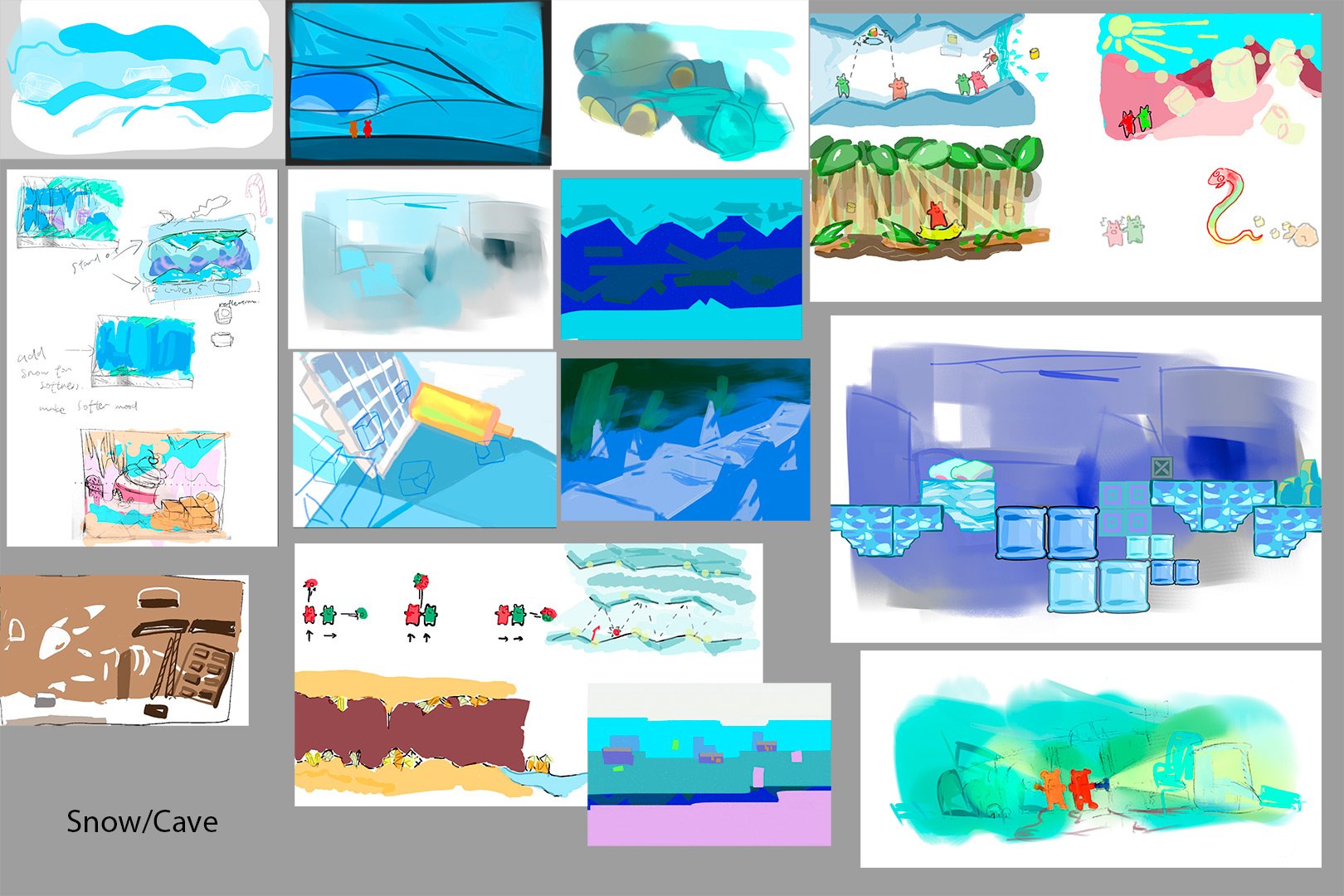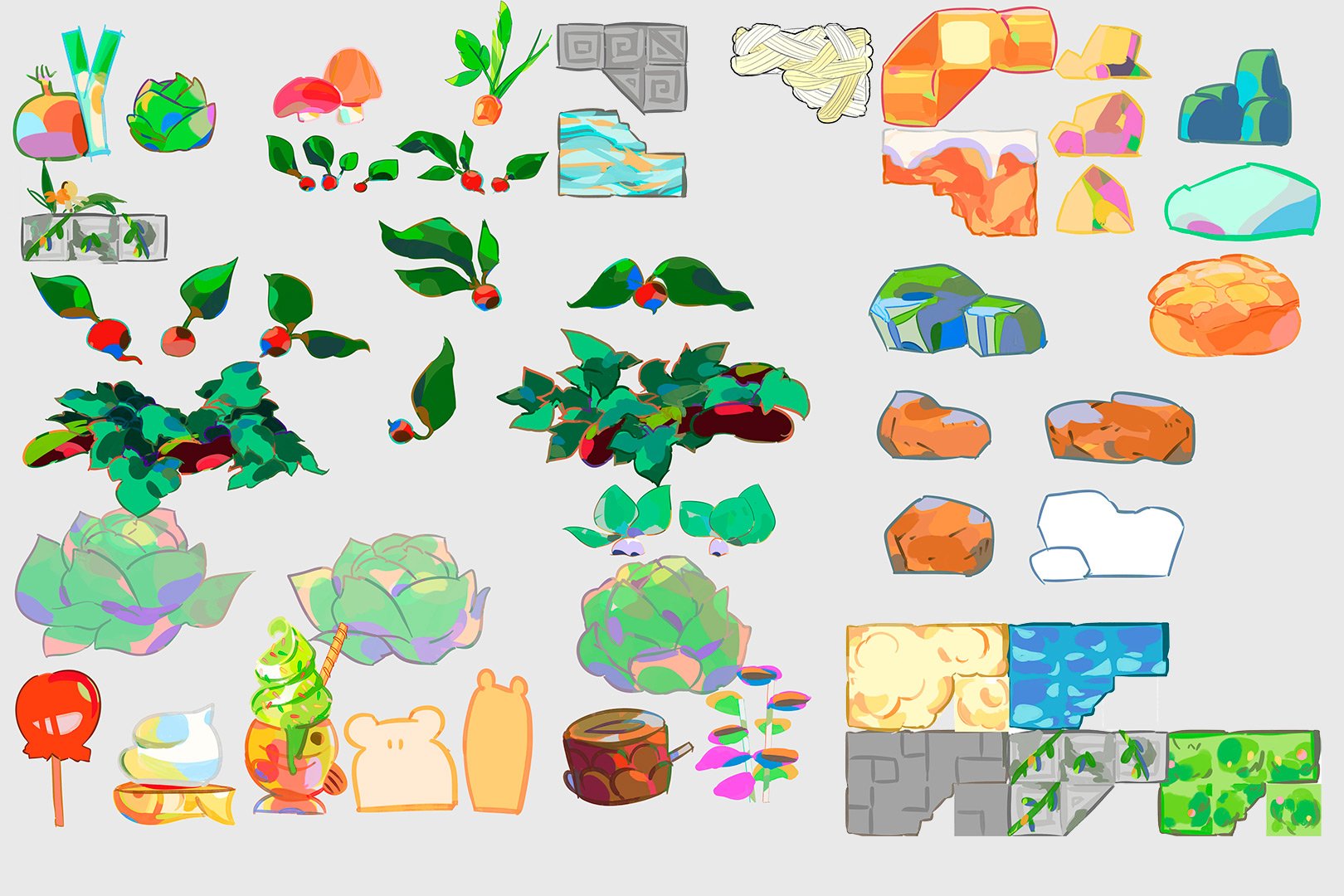Fail Fail Succeed is a 2D puzzle platformer, where failing is a strategic move towards success. The game is built for PC and browser play, designed and developed as a 6 week solo project.
Step into the role of an anonymous blocky individual, with one singular goal in mind: make it back to pet your dog. To succeed you need to find transformations orbs that change what you leave behind upon failing, and keep on failing until you succeed – all to be rewarded with some sweet puppy love.
The game was originally developed and published as a weekend challenge, and was designed around metaphors for my own experiences with overworking, stress, burnout and mental health issues – something I am sure a lot of people have experiences with, and perhaps more so after the pandemic – but also about coping and overcoming these difficulties. A few days after the original publishing I decided to keep working on Fail Fail Succeed in my spare time, in order to bring it to GGC.
Myself and Eira, my four-legged companion, hope you enjoy the game!
Fail Fail Succeed won Best Level Design at the Gotland Game Conference 2022!
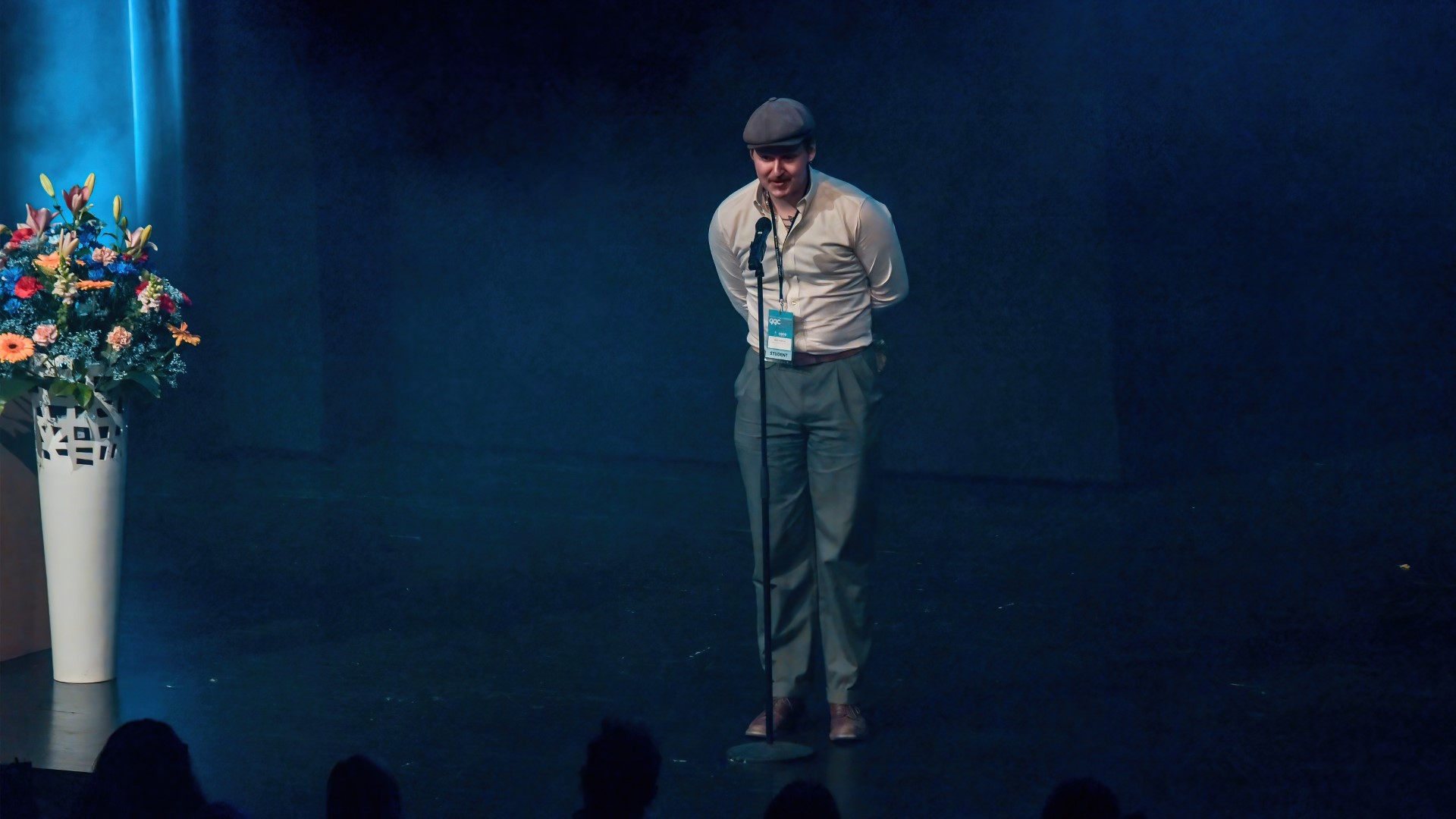
Play Fail Fail Succeed on itch.io!
Team:

- Martin Zetterman – Solo Developer
- Eira – Dog
